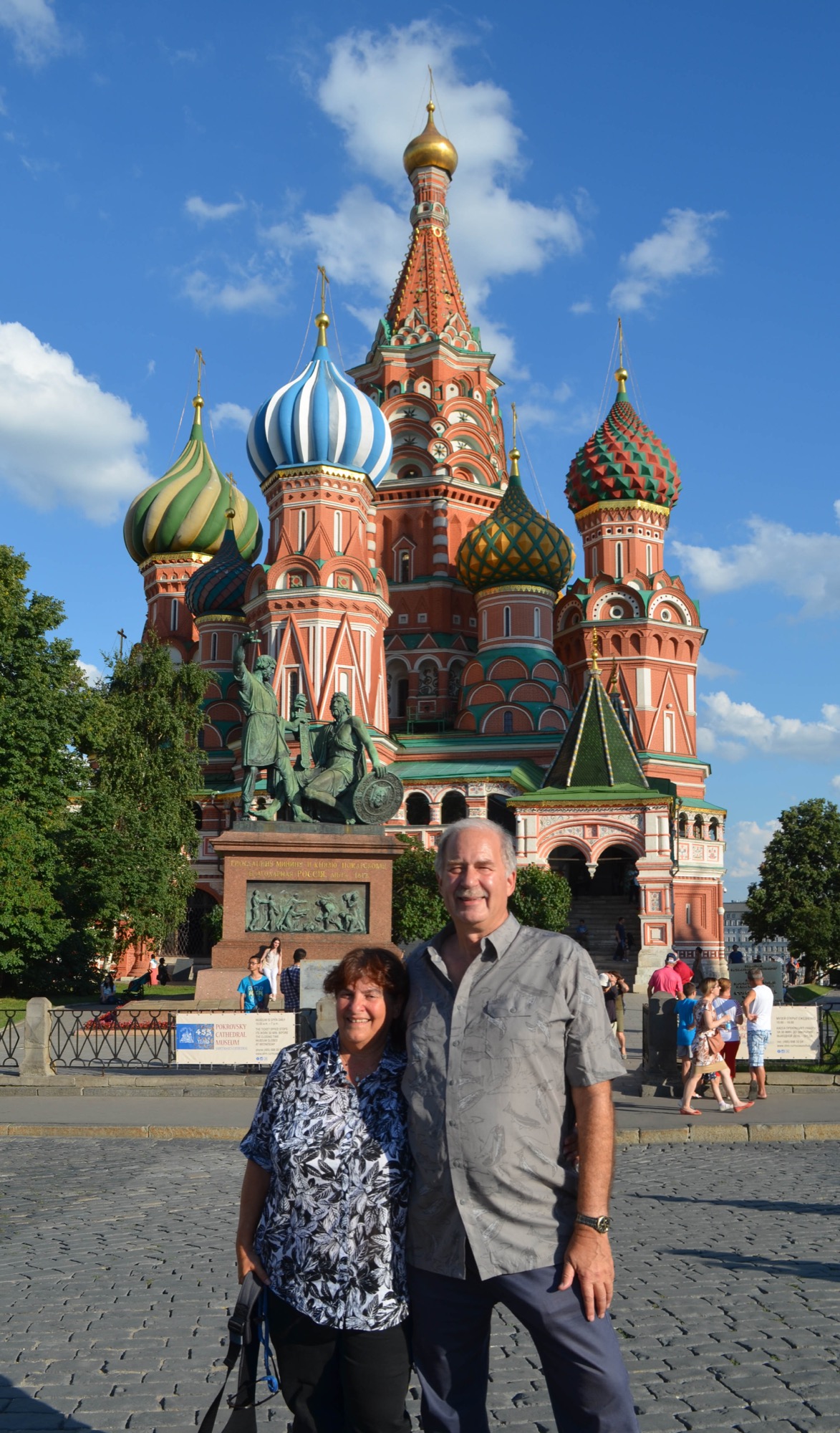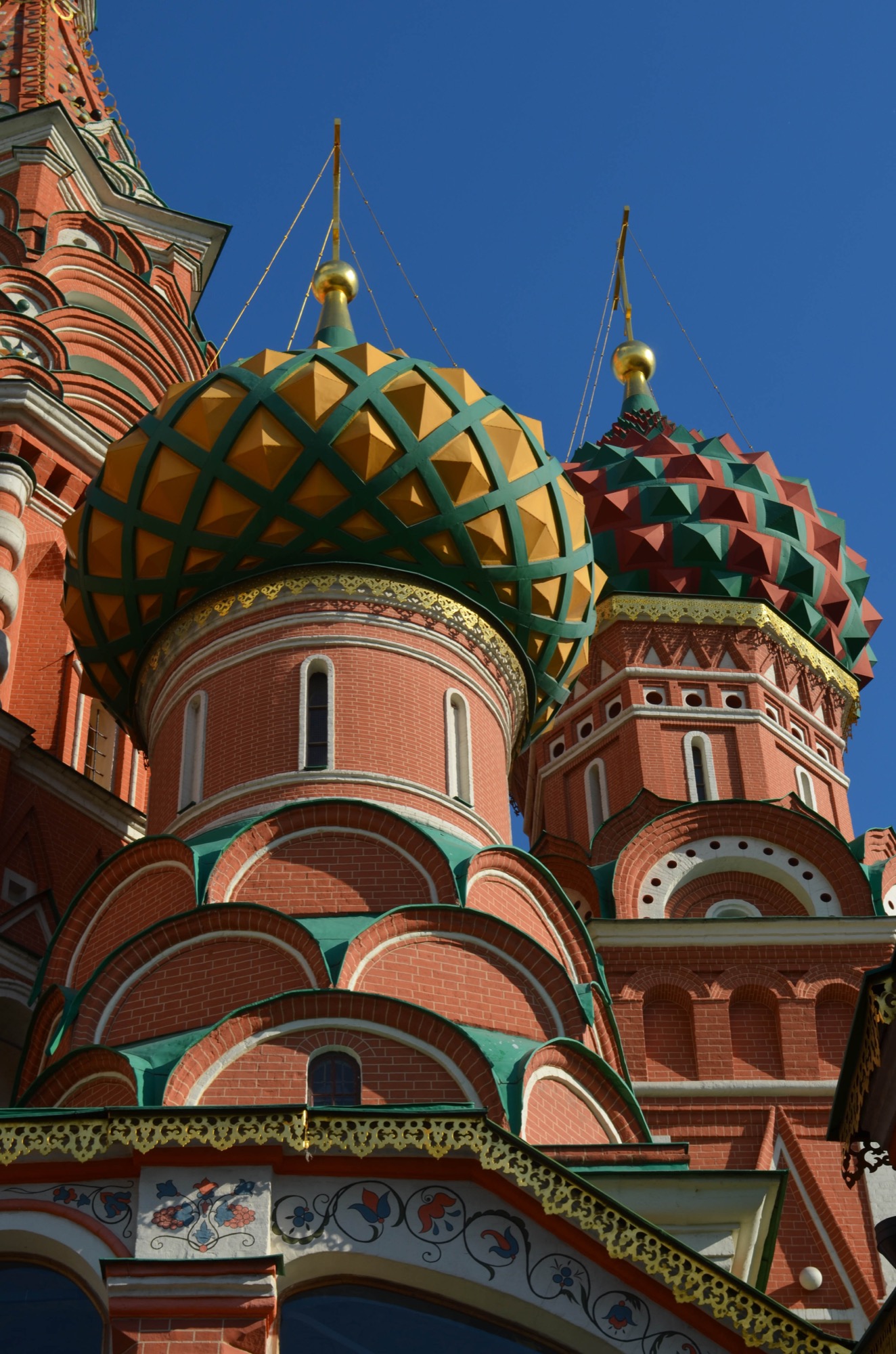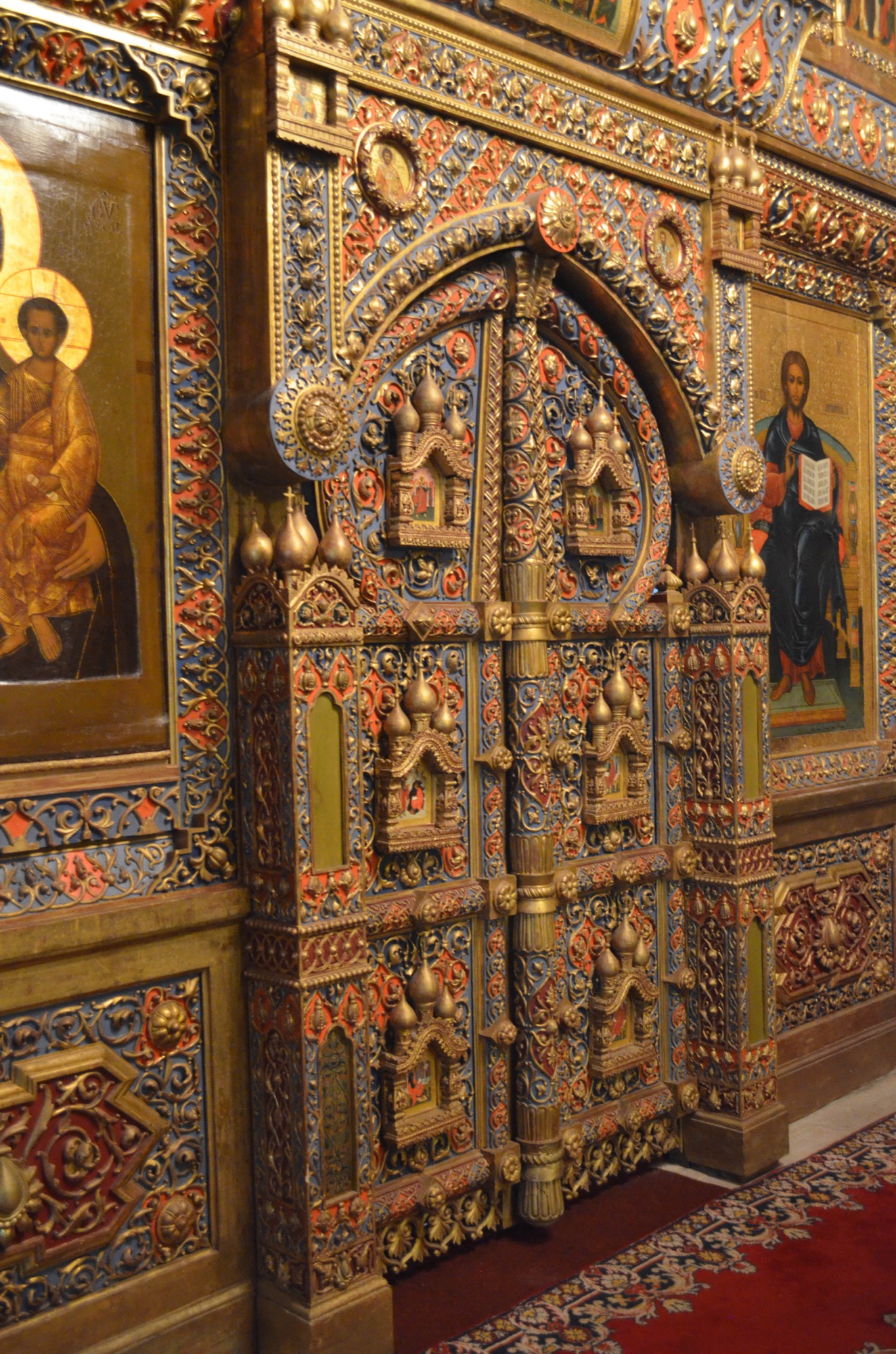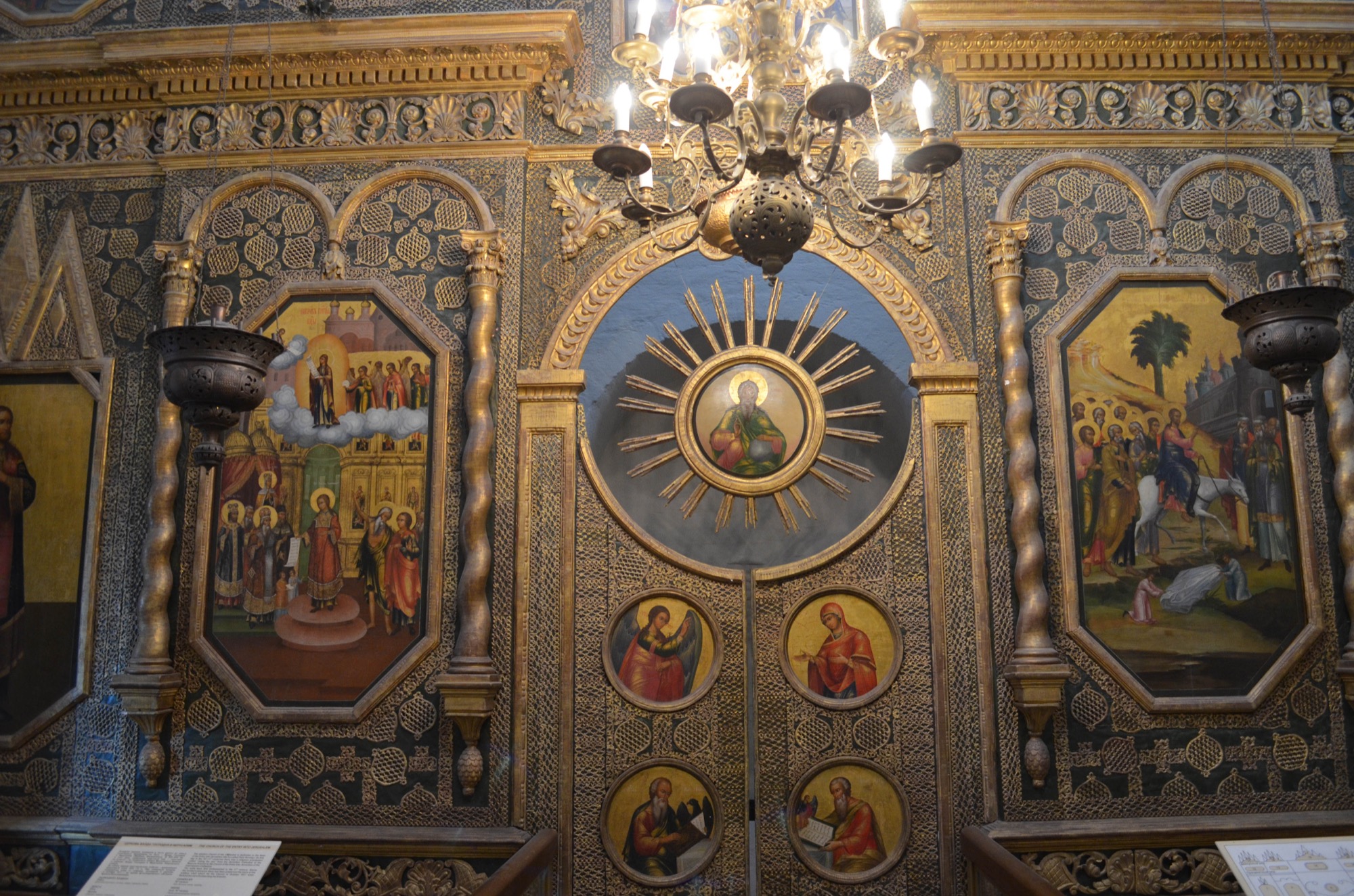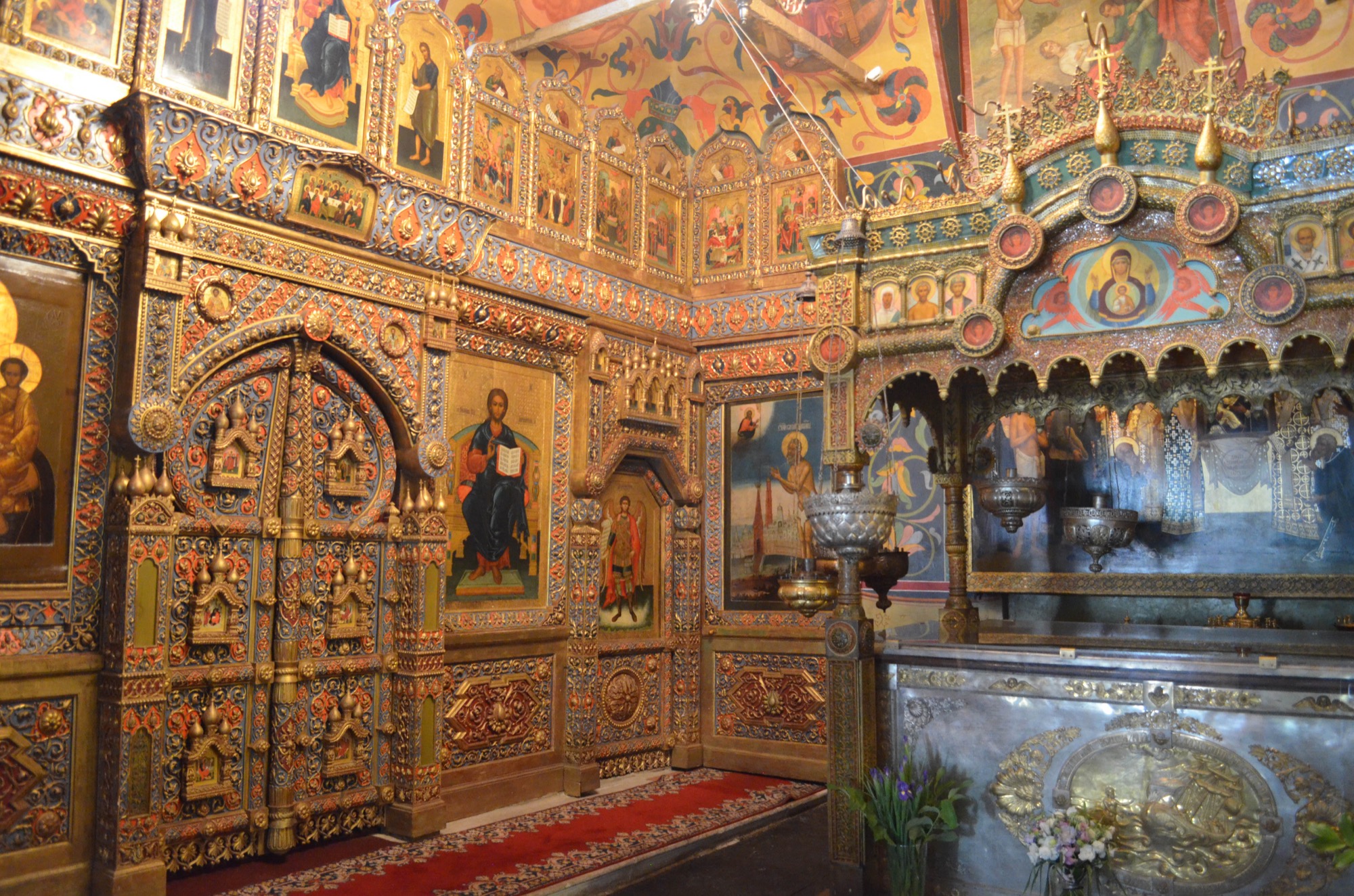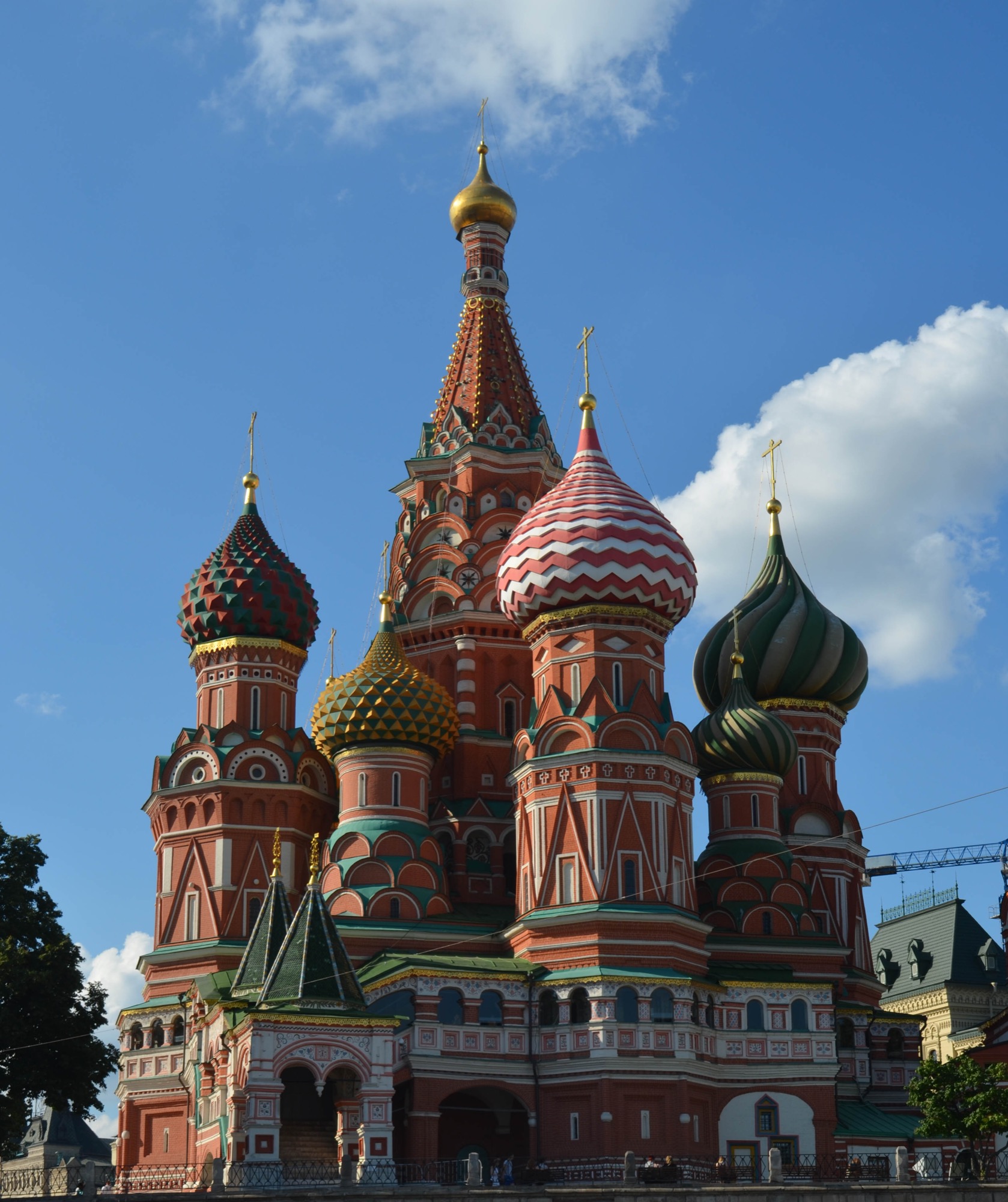That Looks Familiar
The first thing we saw on our drive from the airport to the hotel... a Russian McDonalds.
The first thing we saw on our drive from the airport to the hotel... a Russian McDonalds.
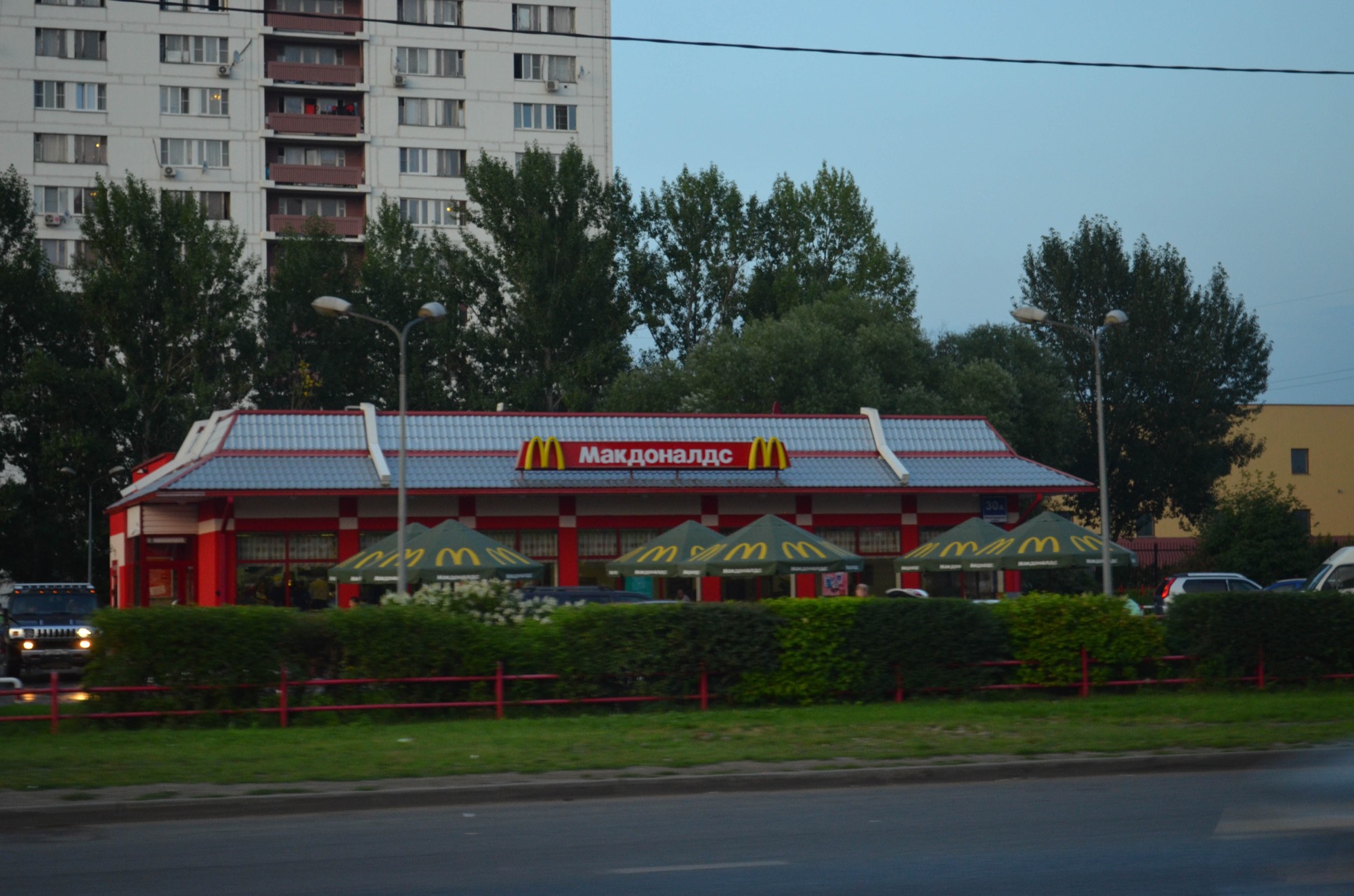
Red Square is a plaza in central Moscow right next to the Kremlin. At night it is a very active and vibrant place with lots of people. Everything is lit up and between the crowds and the lights on castle-like buildings we felt kind of like we were walking down Main Street in Disneyland.
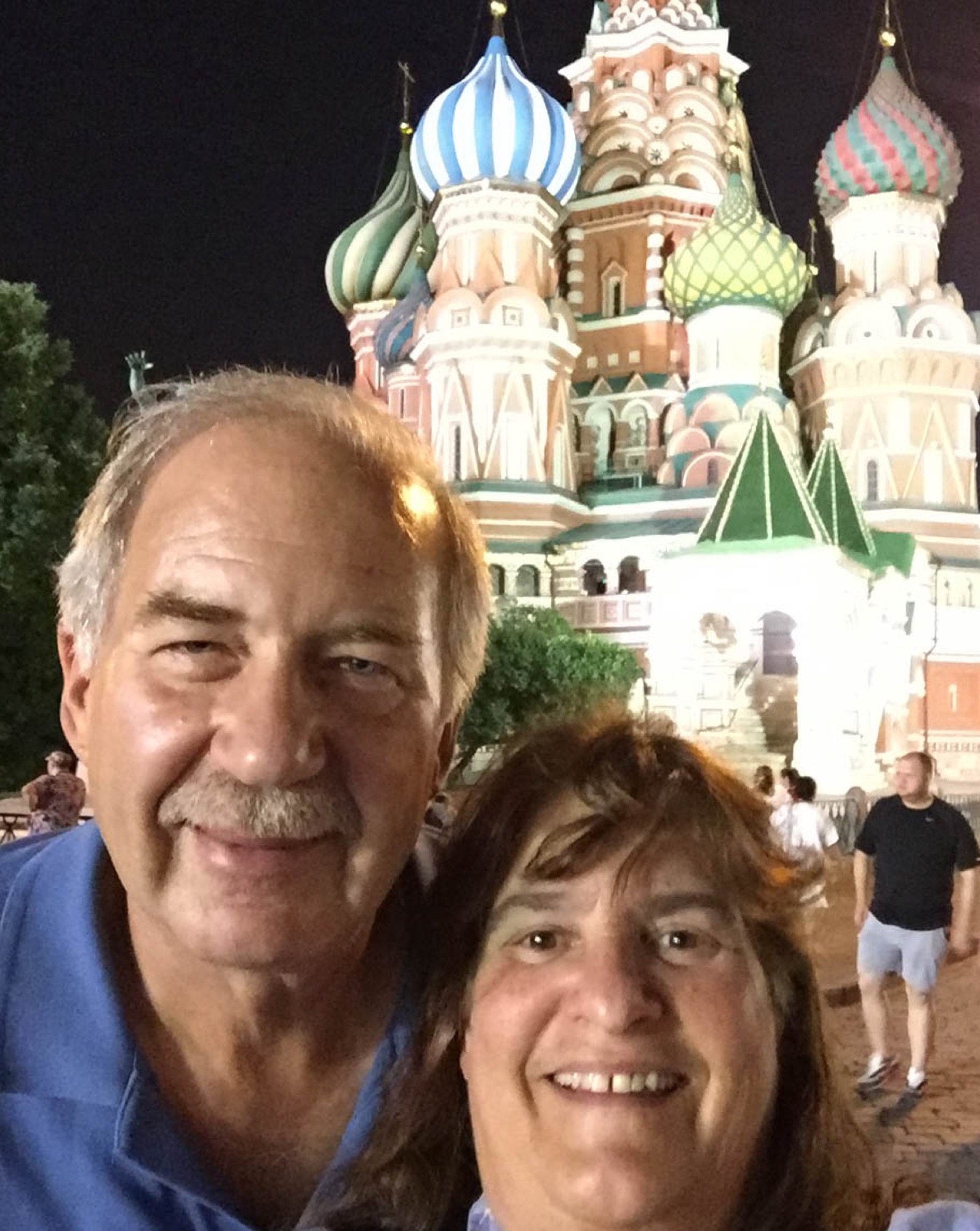
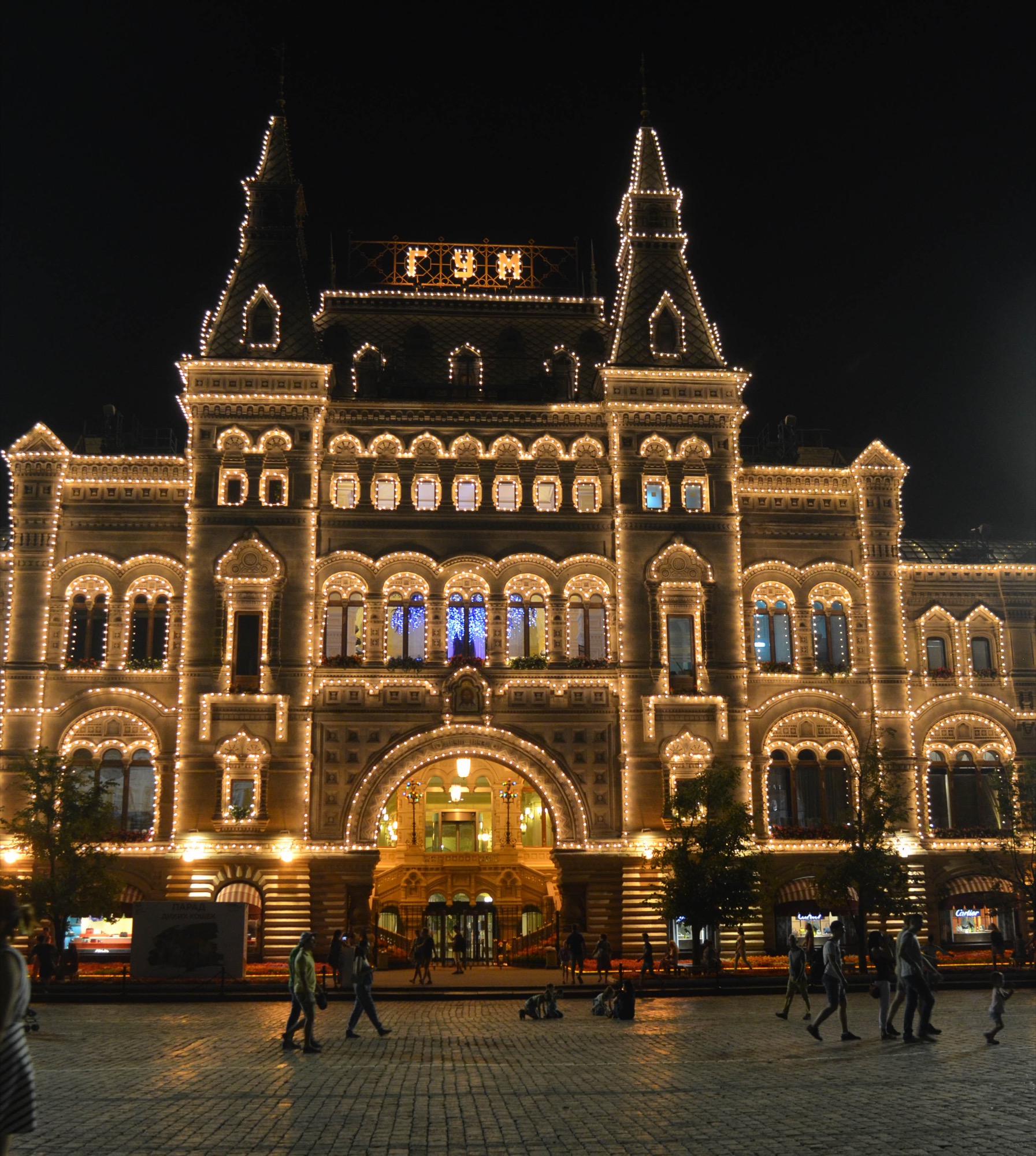
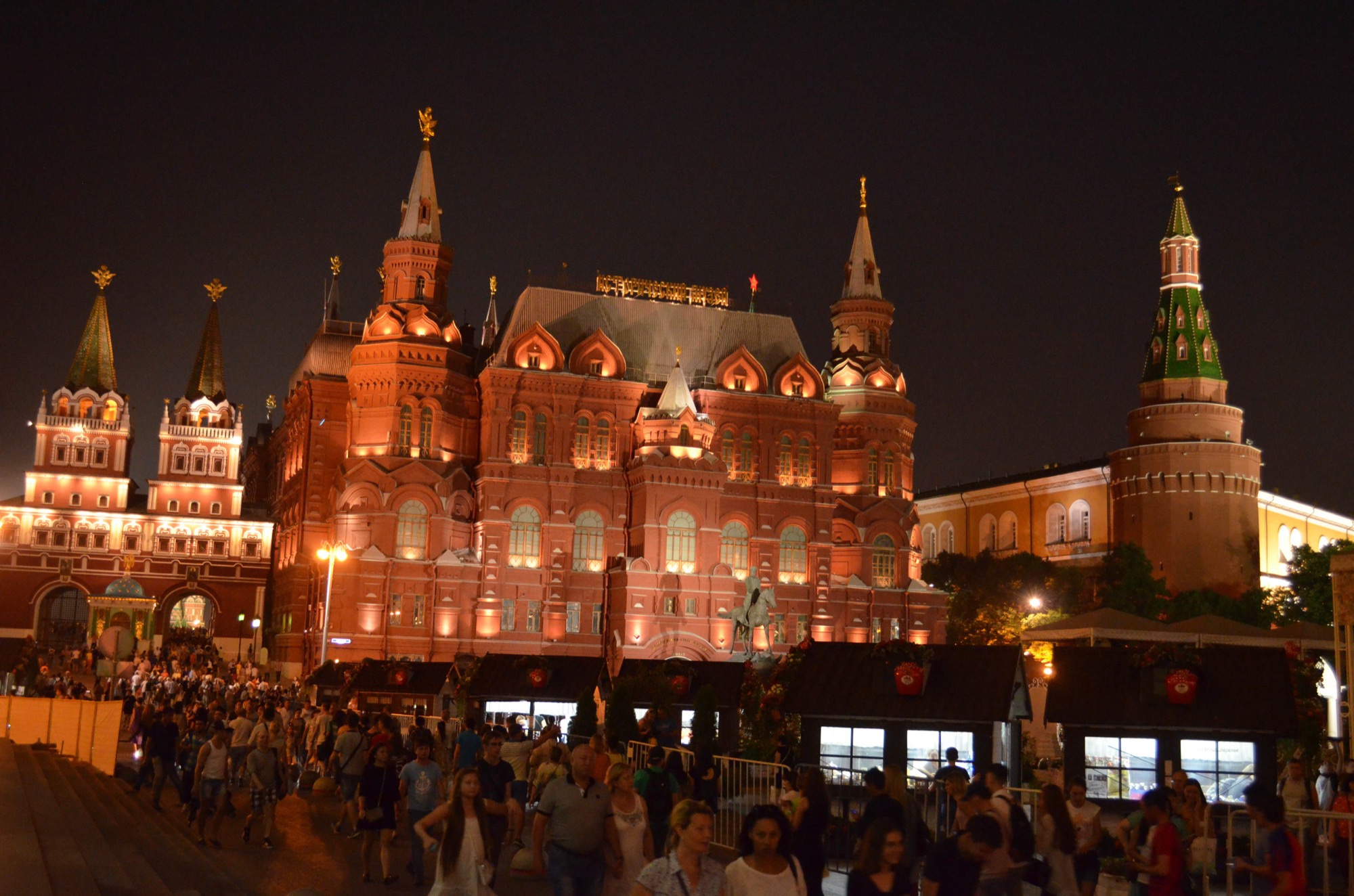
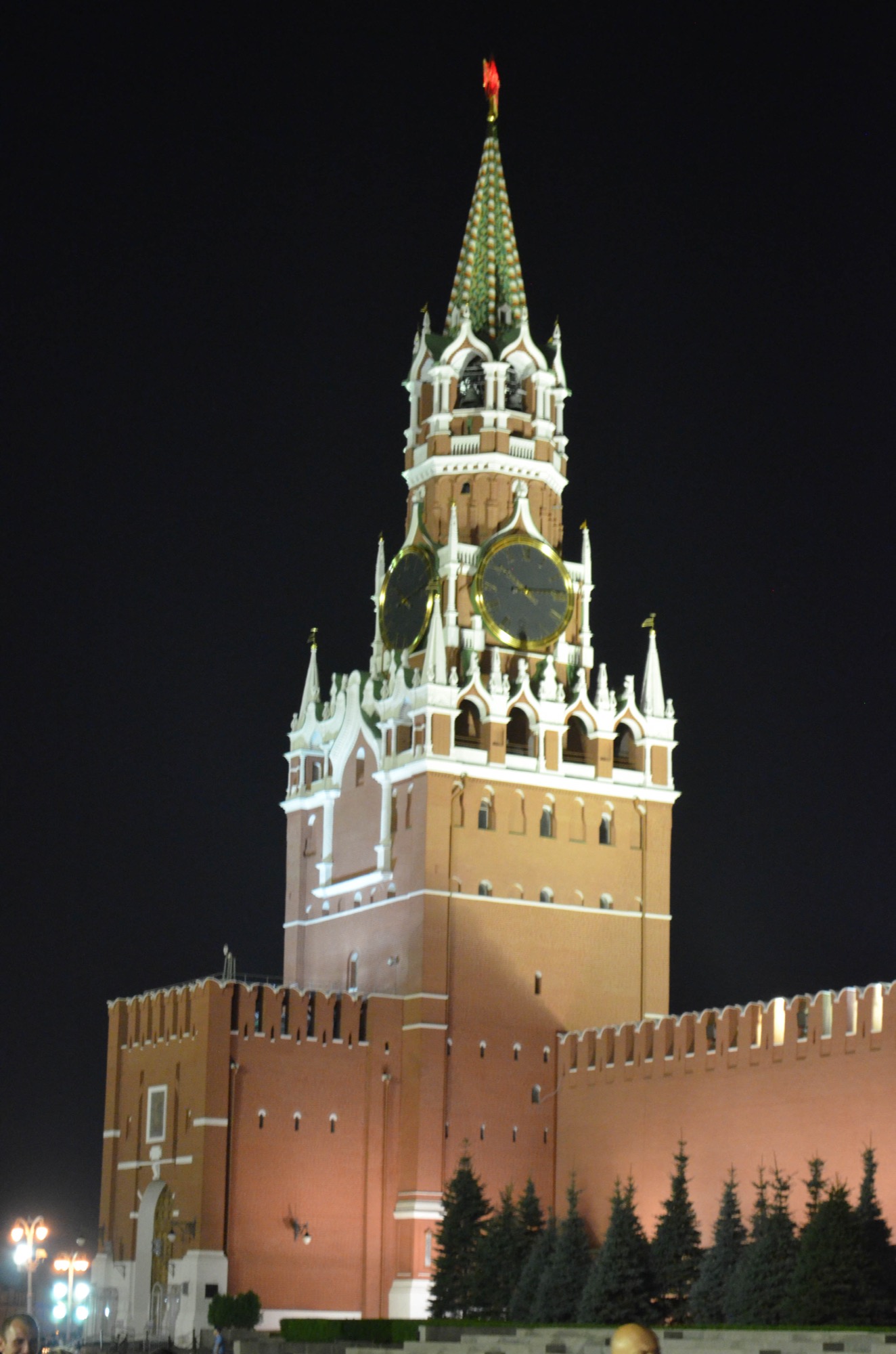
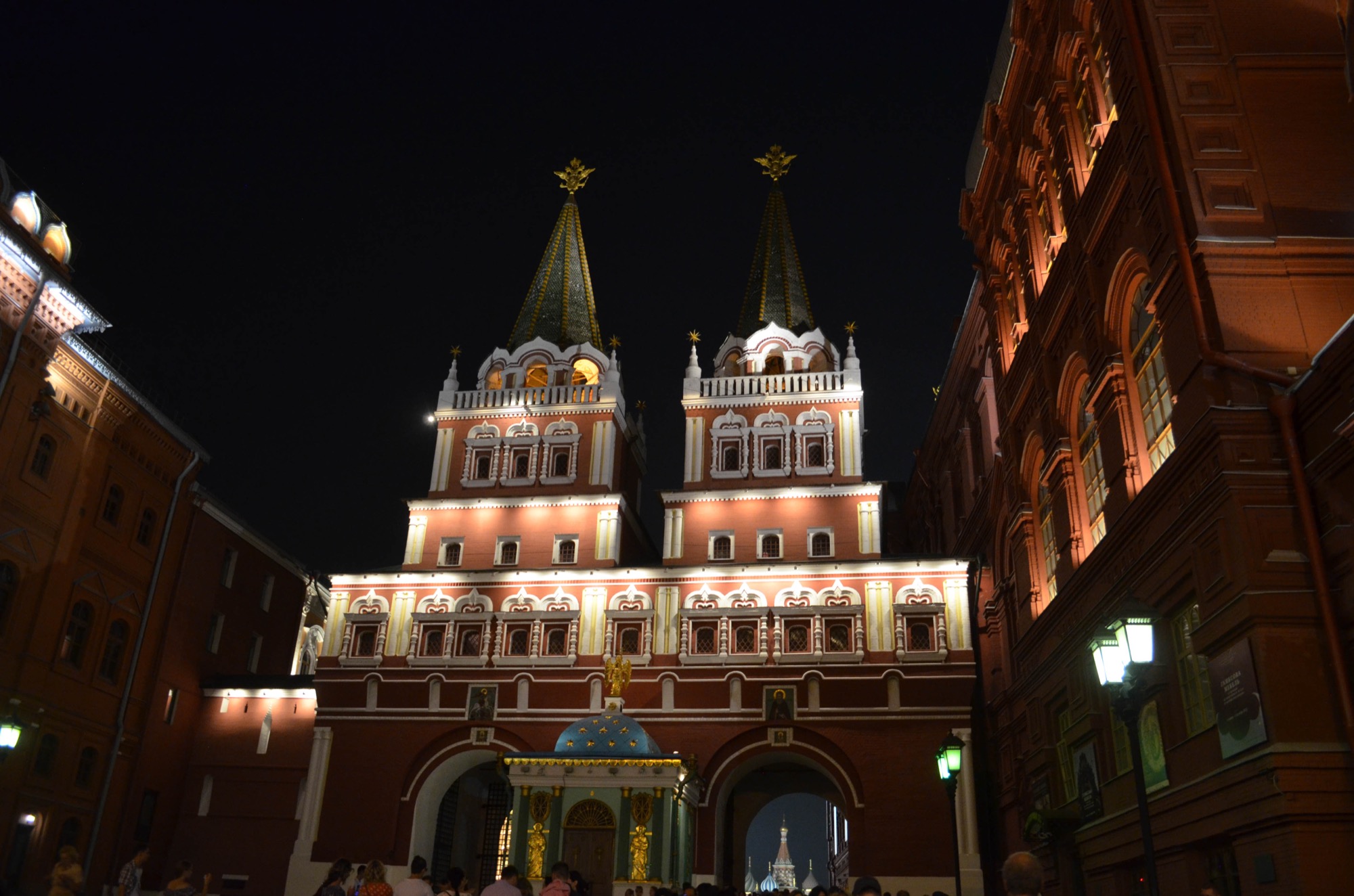

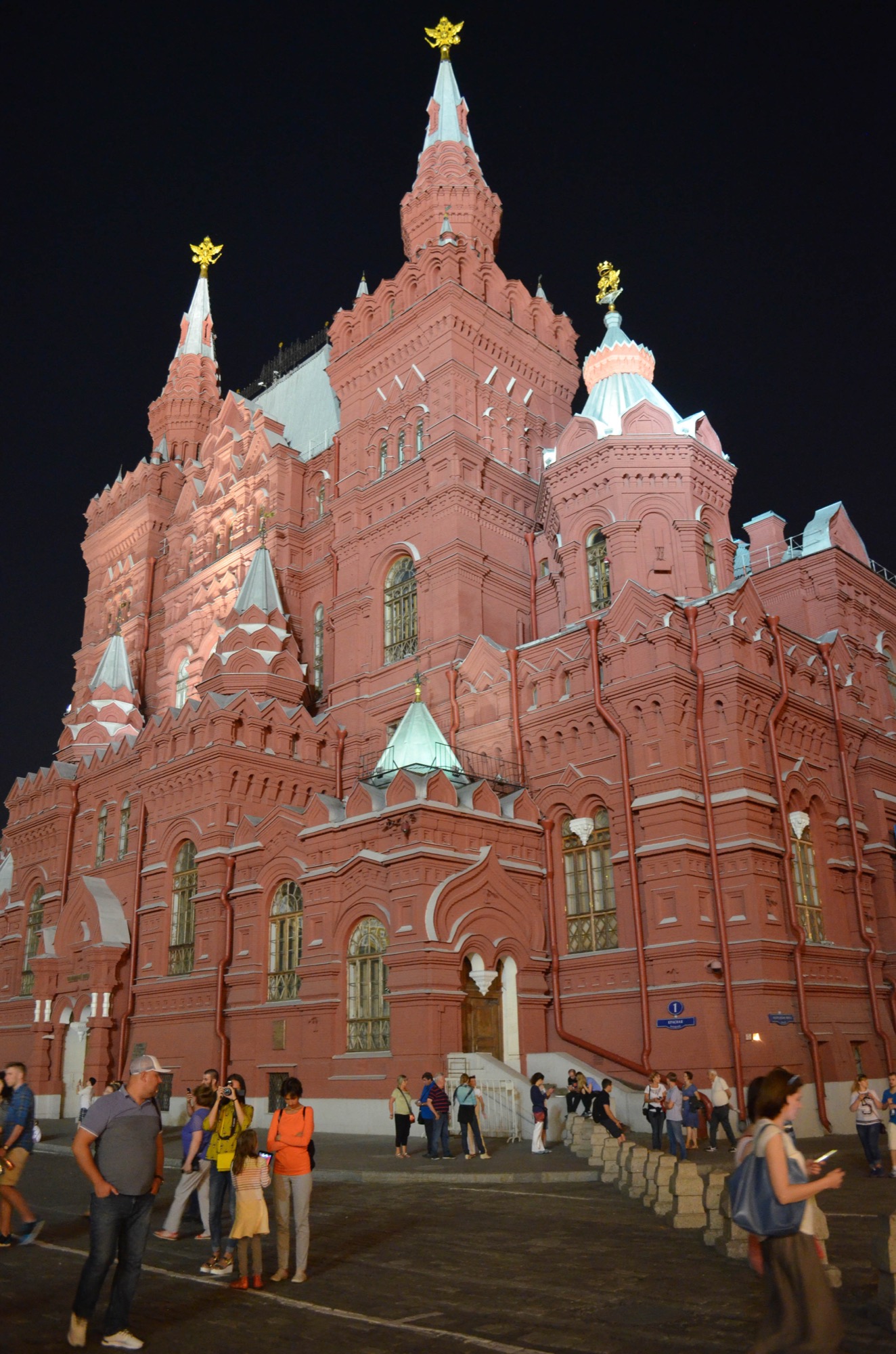
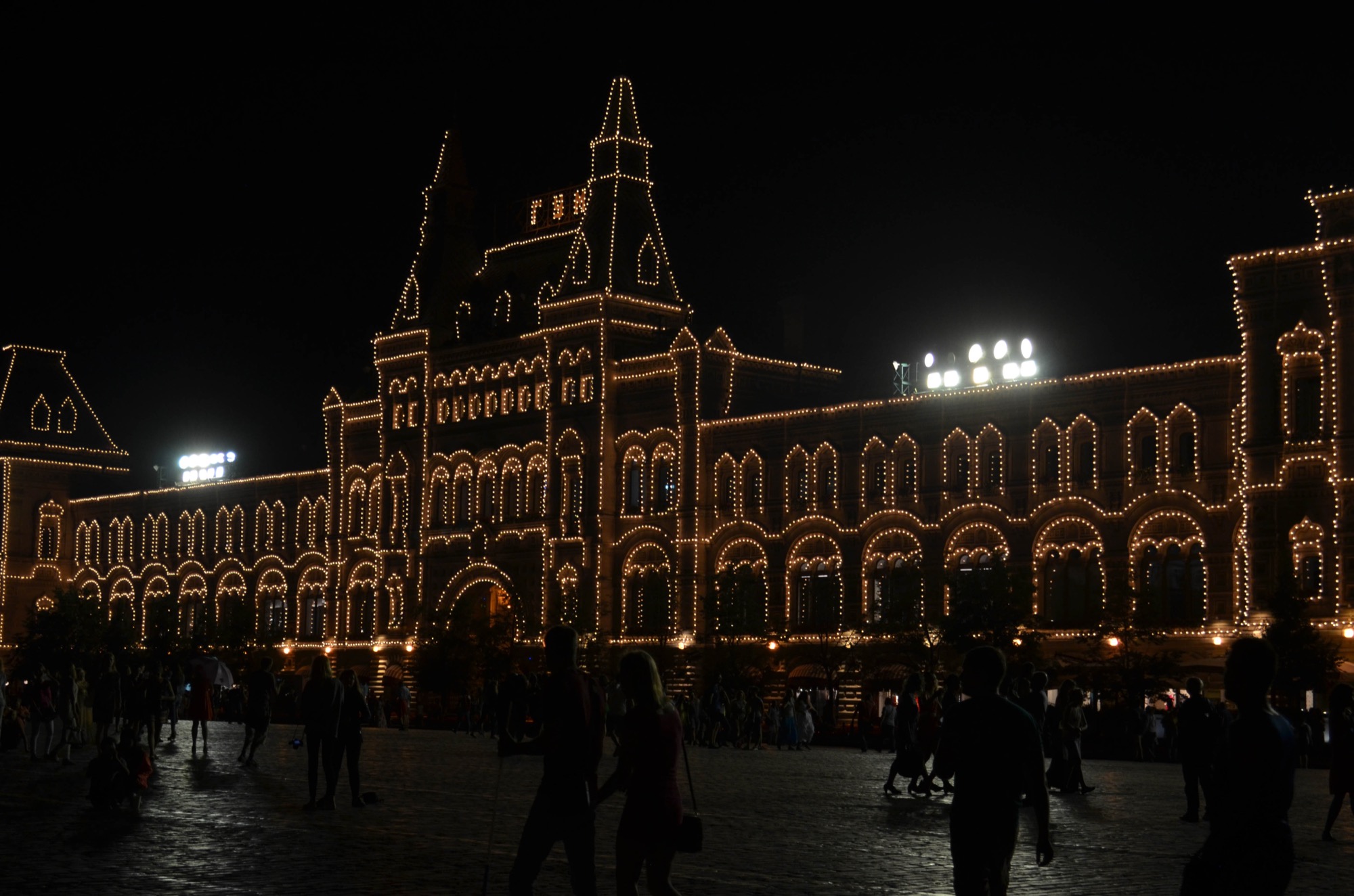
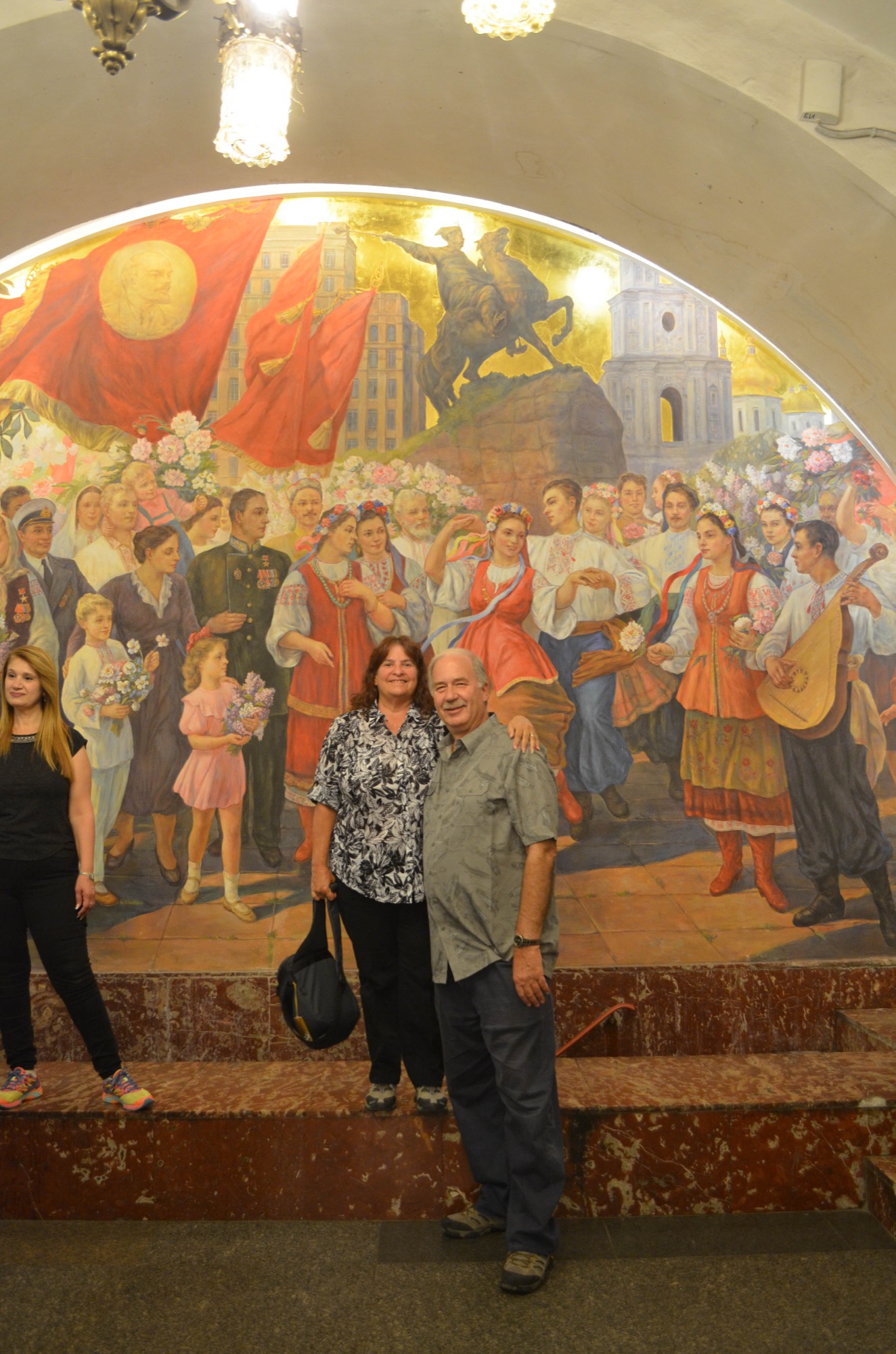
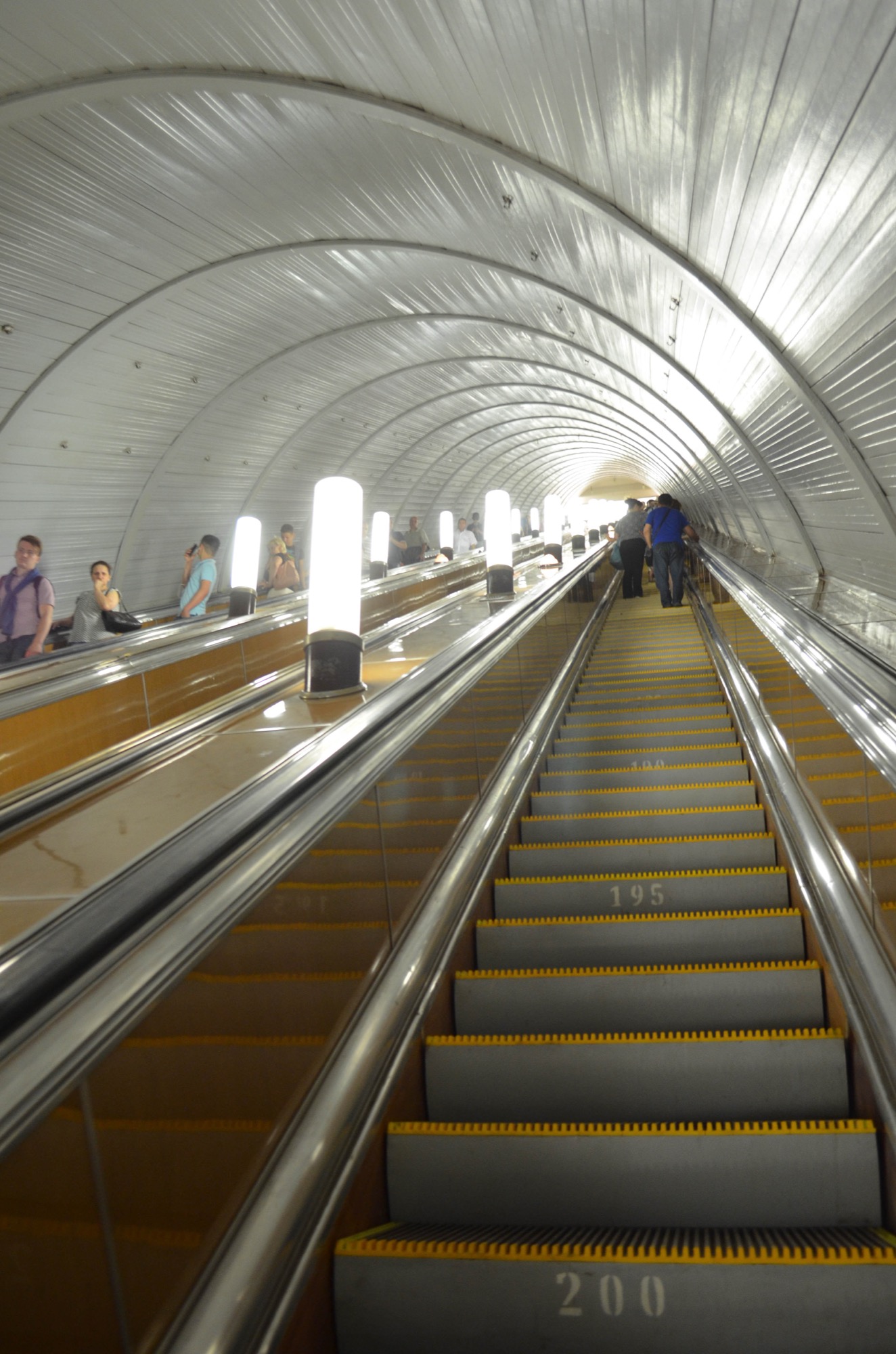
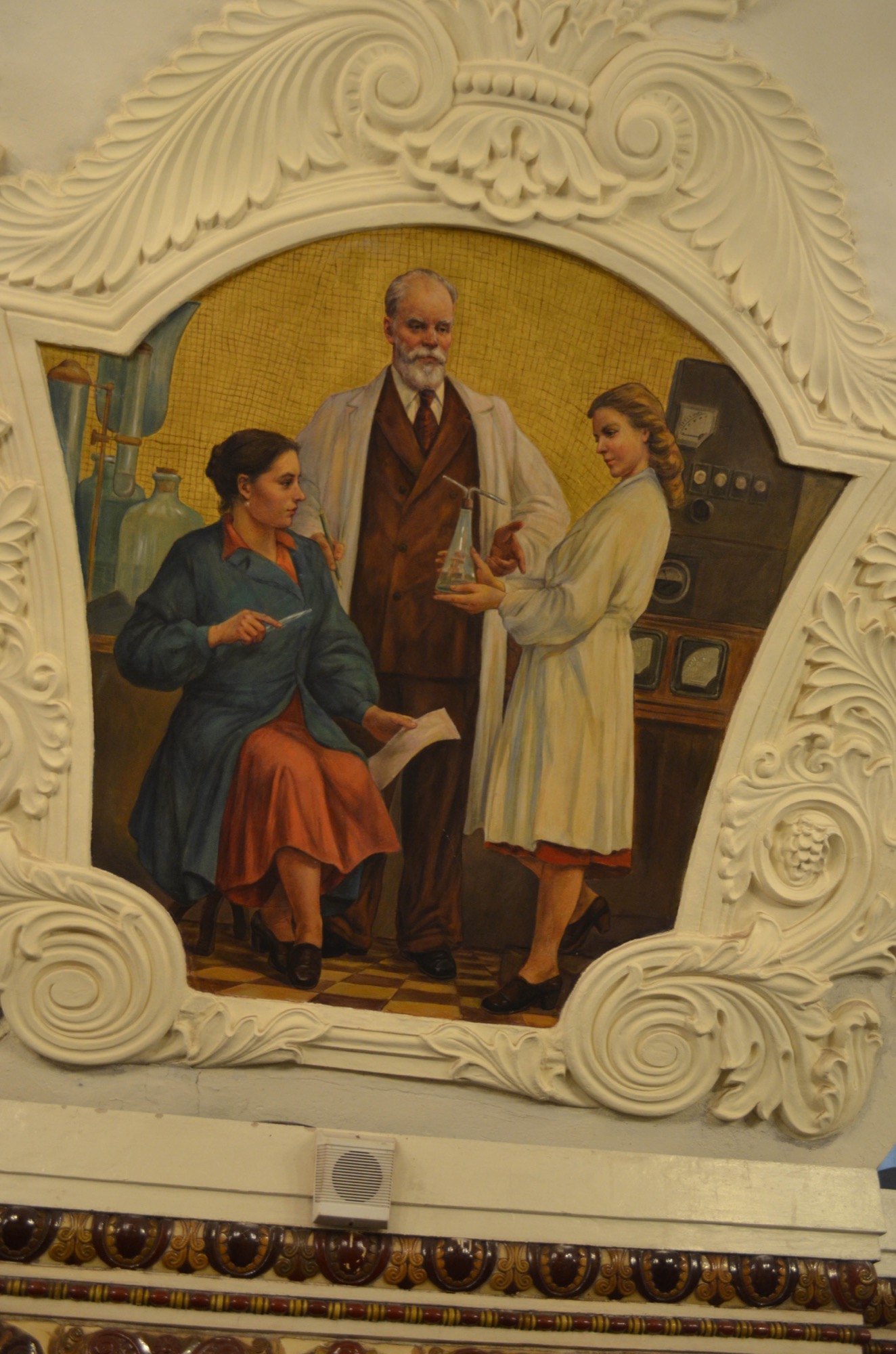


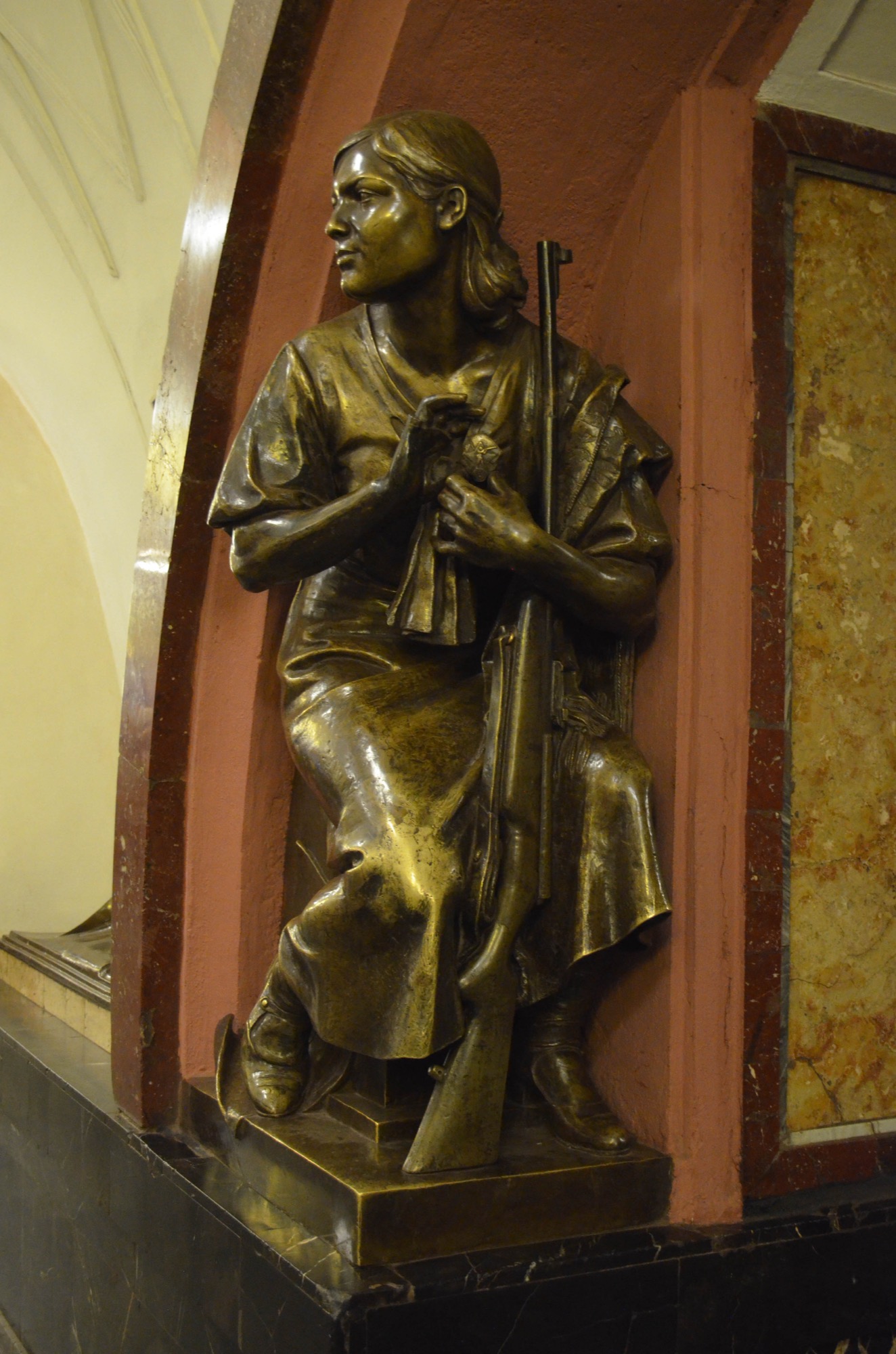
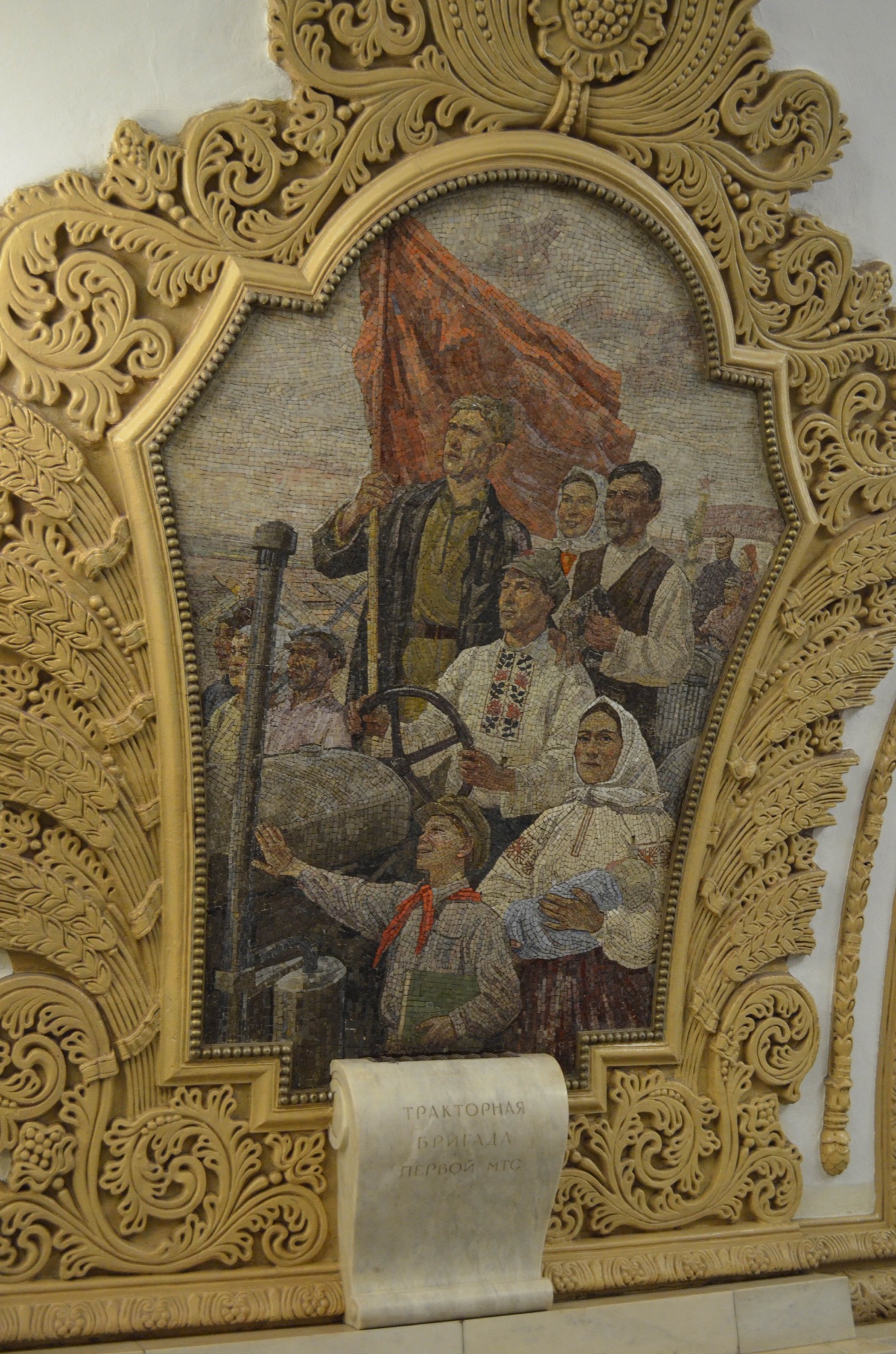
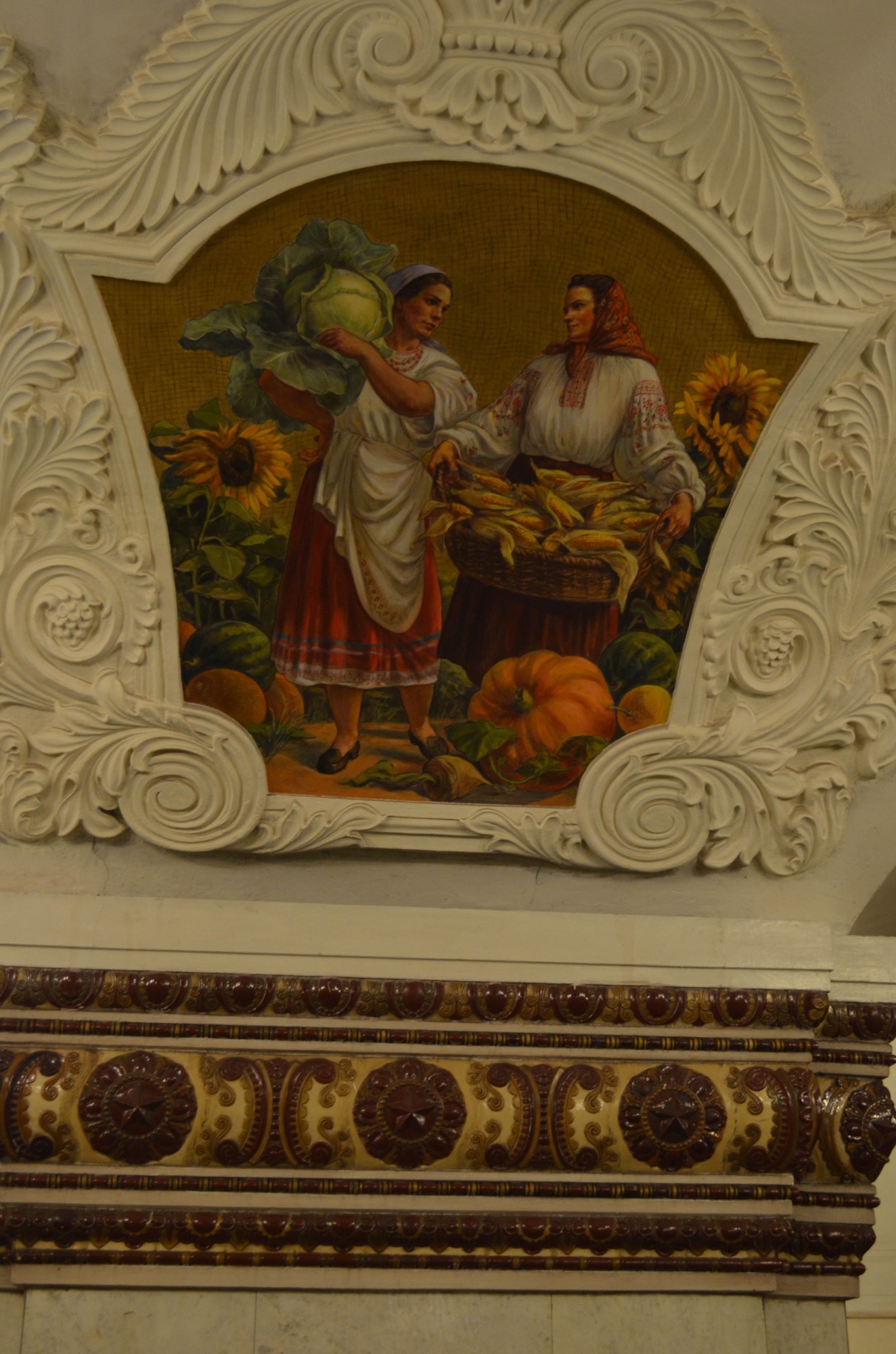
The Seven Sisters, which are referred to by Muscovites as "Stalin's high-rises," are tall buildings with a wedding cake design (a large base and successively smaller layers) and a tall spire on the top. The buildings were constructed between 1947 and 1953 because Stalin wanted Moscow to compare favorably to capitalist cities which all had skyscrapers.
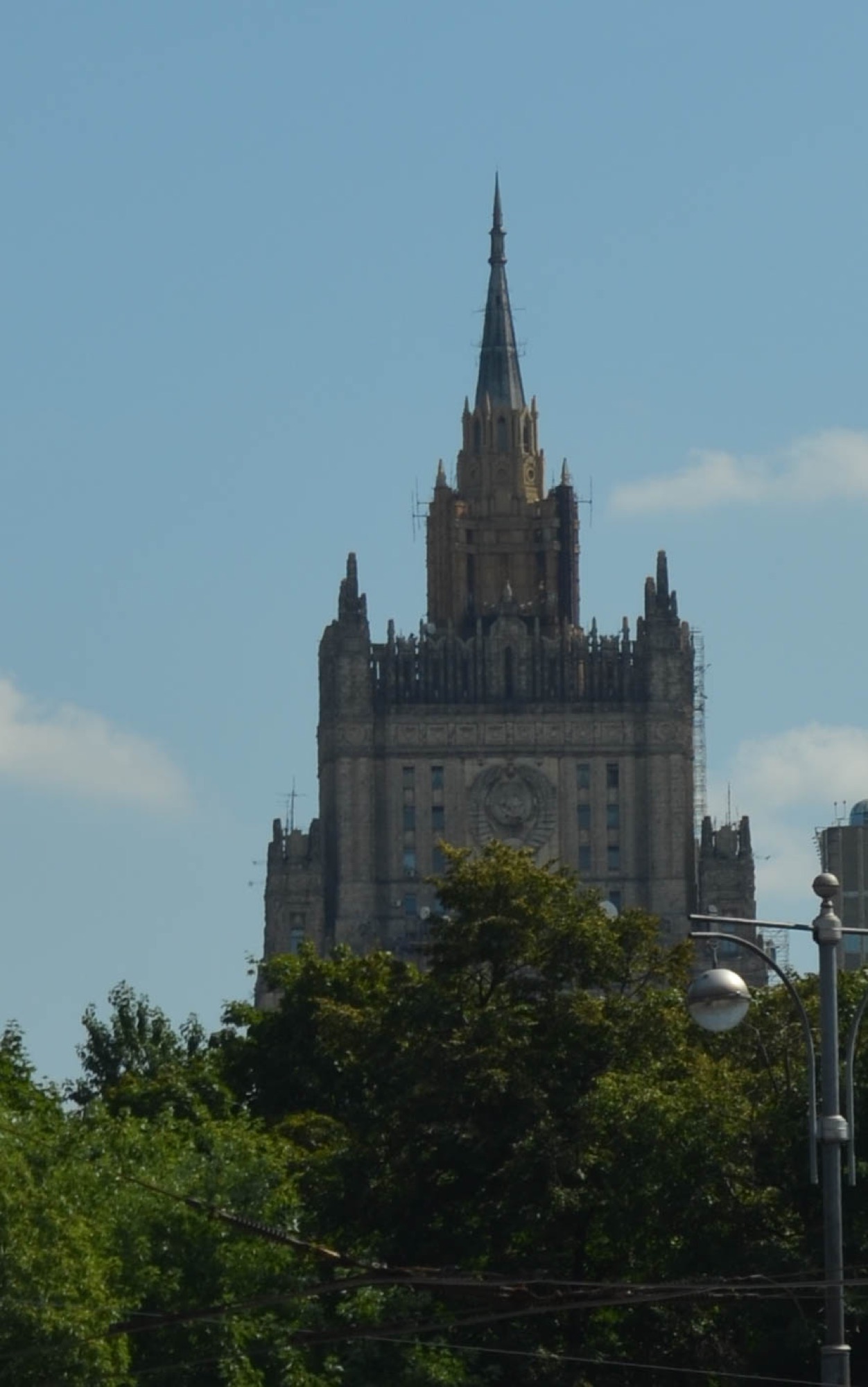
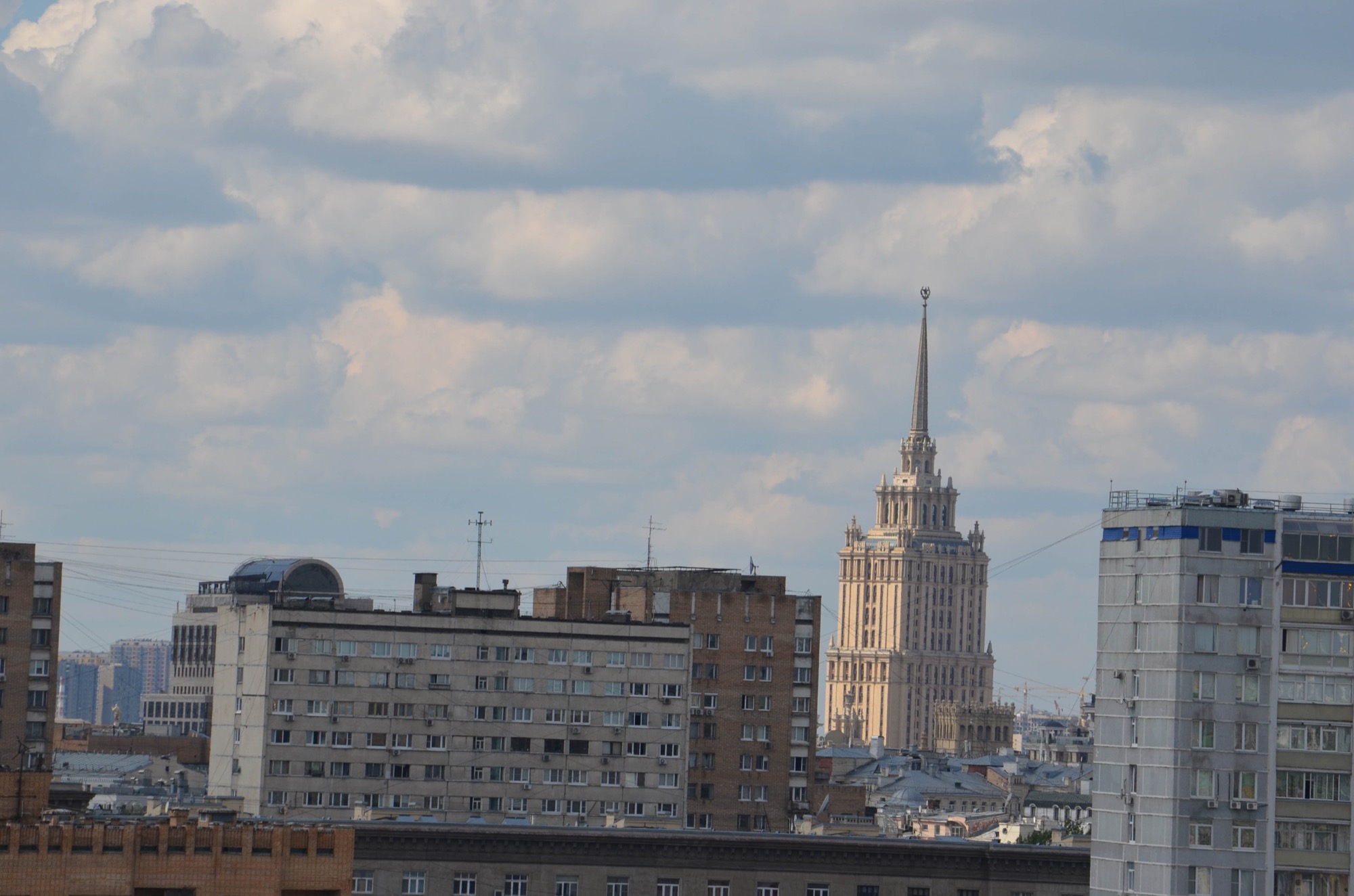
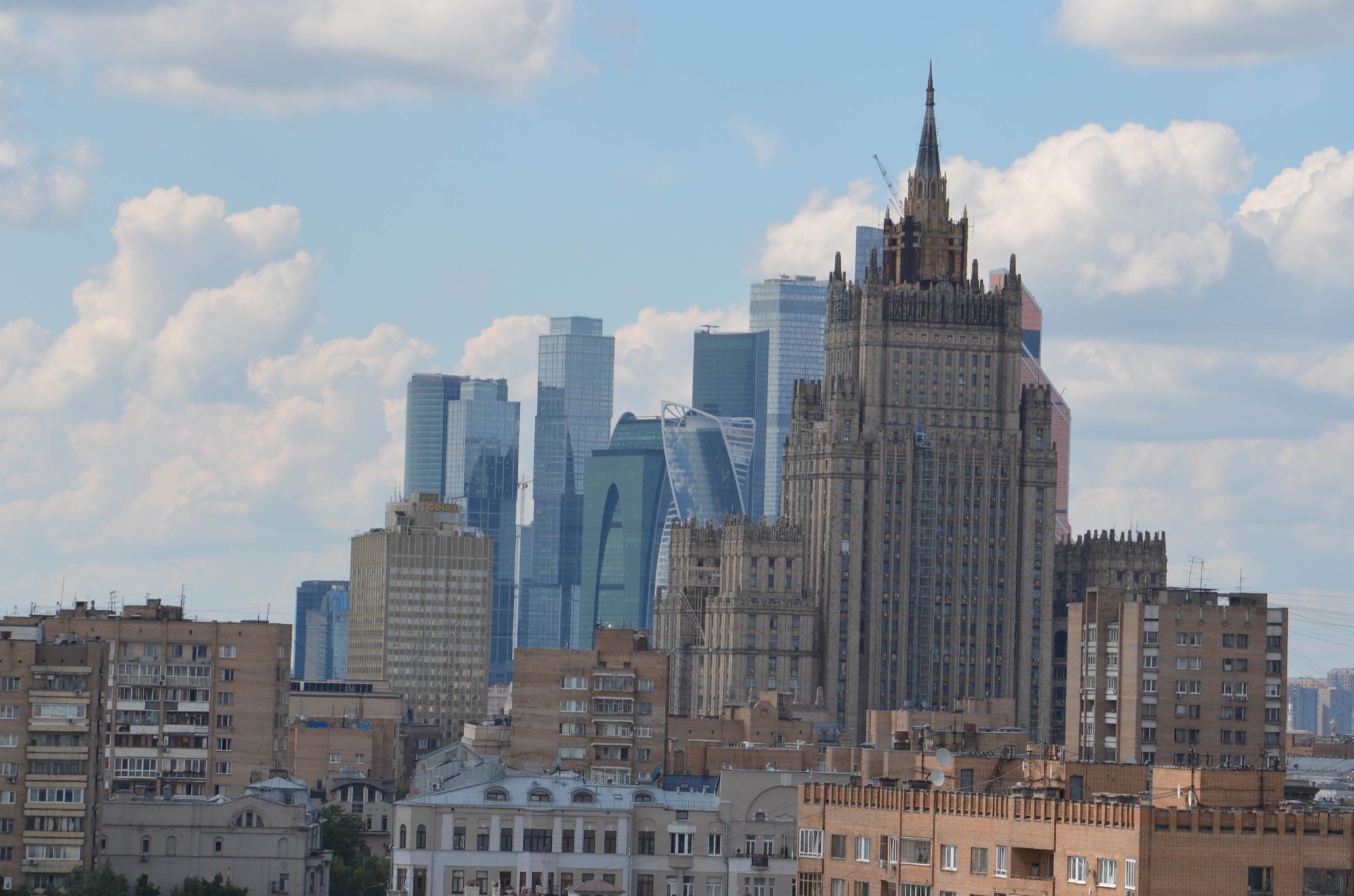
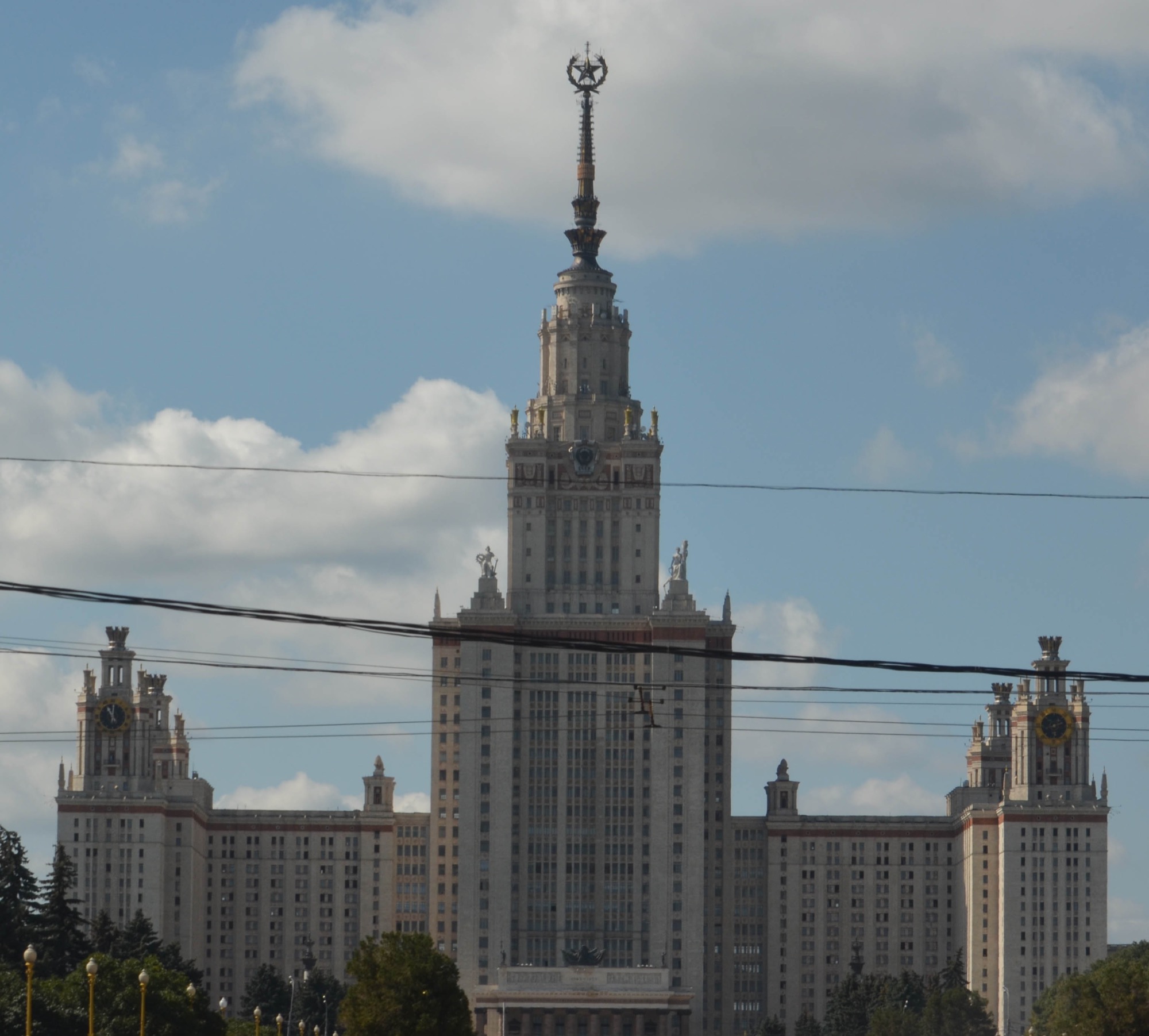
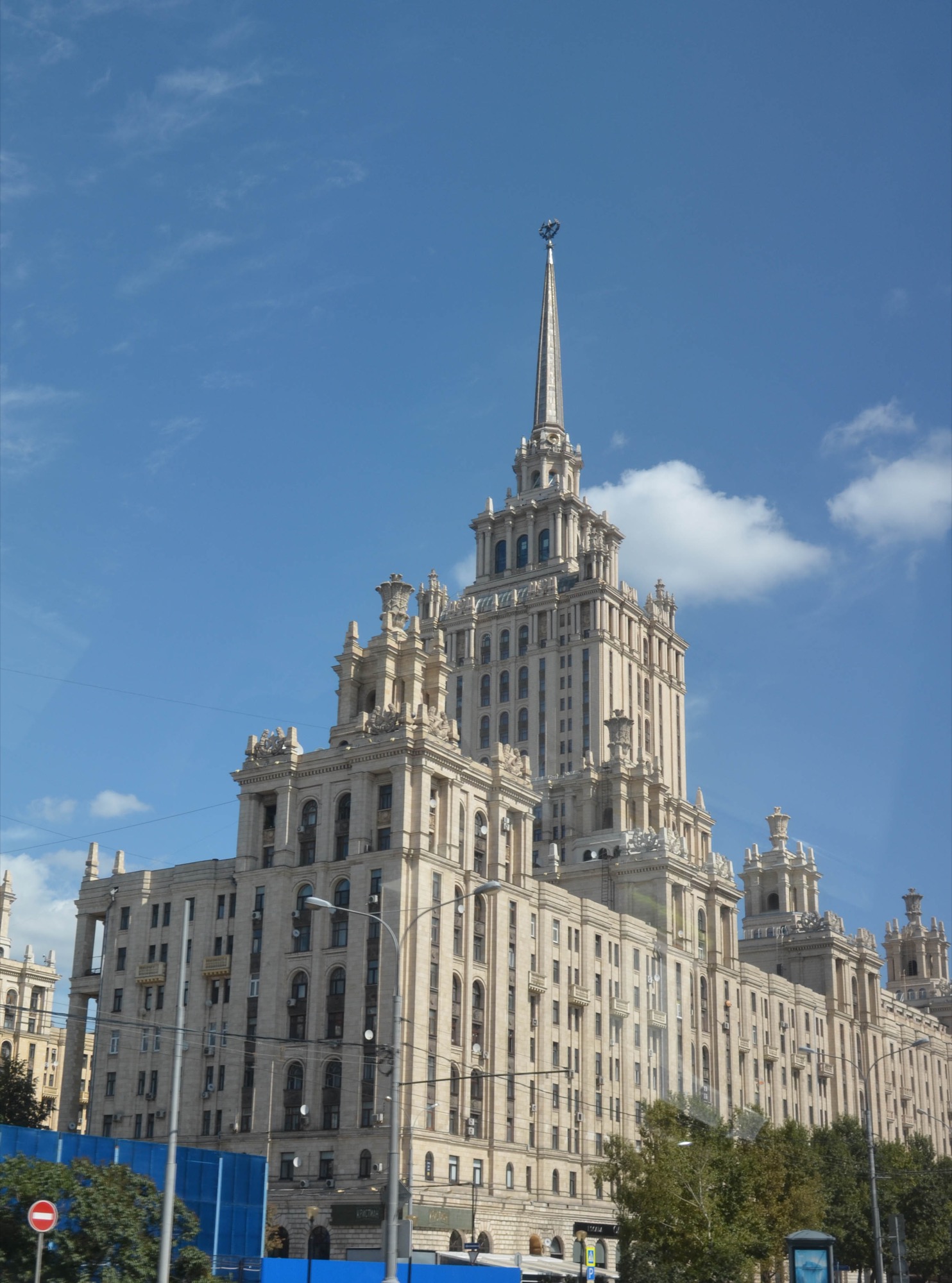
There are many Soviet inspired apartment blocks still in Moscow that are plain and monotonous in appearance. At the same time, we saw quite a bit of new construction comprised of glass and steel buildings with unique architectural designs. The skyline is definitely changing.
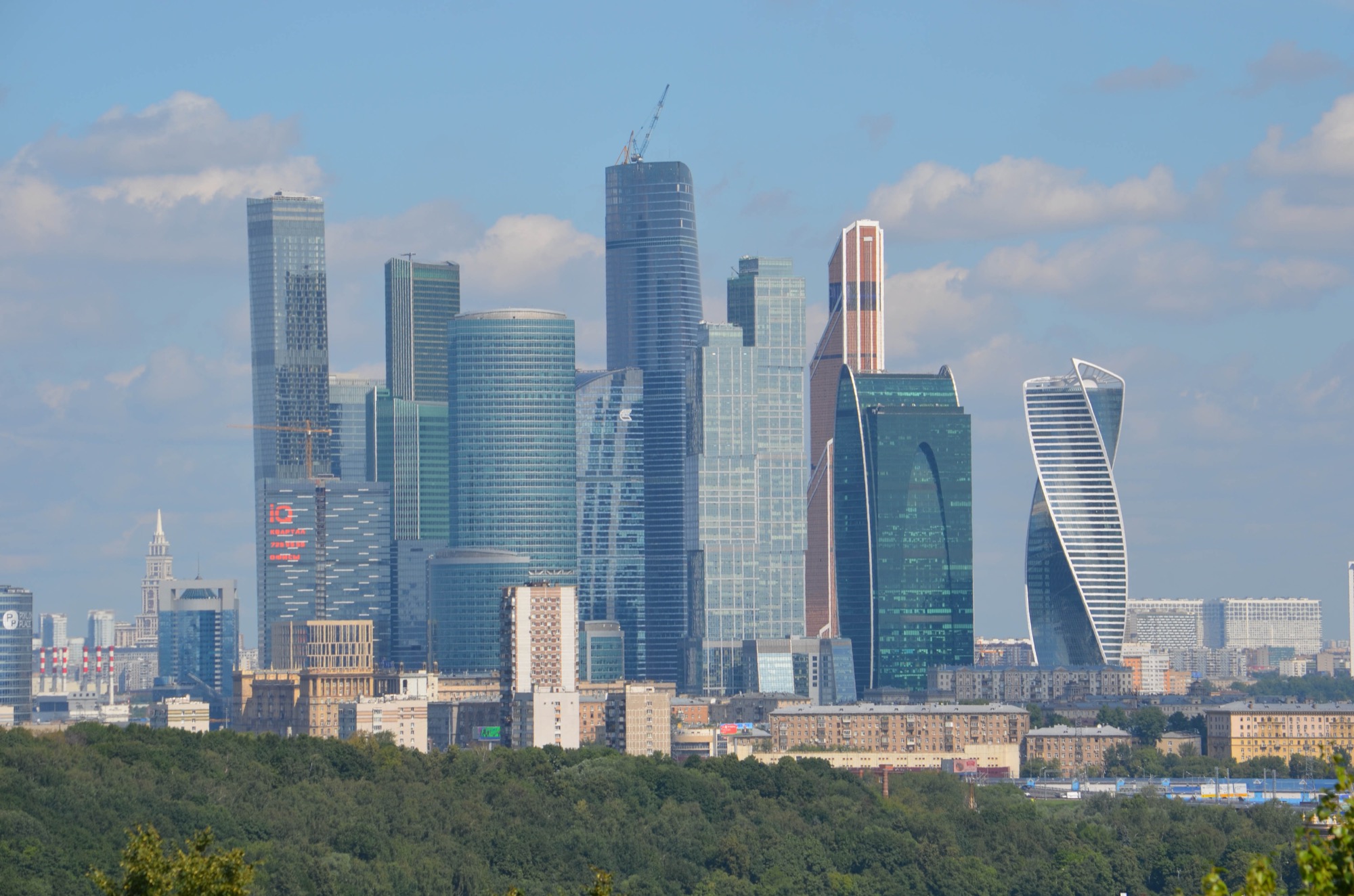
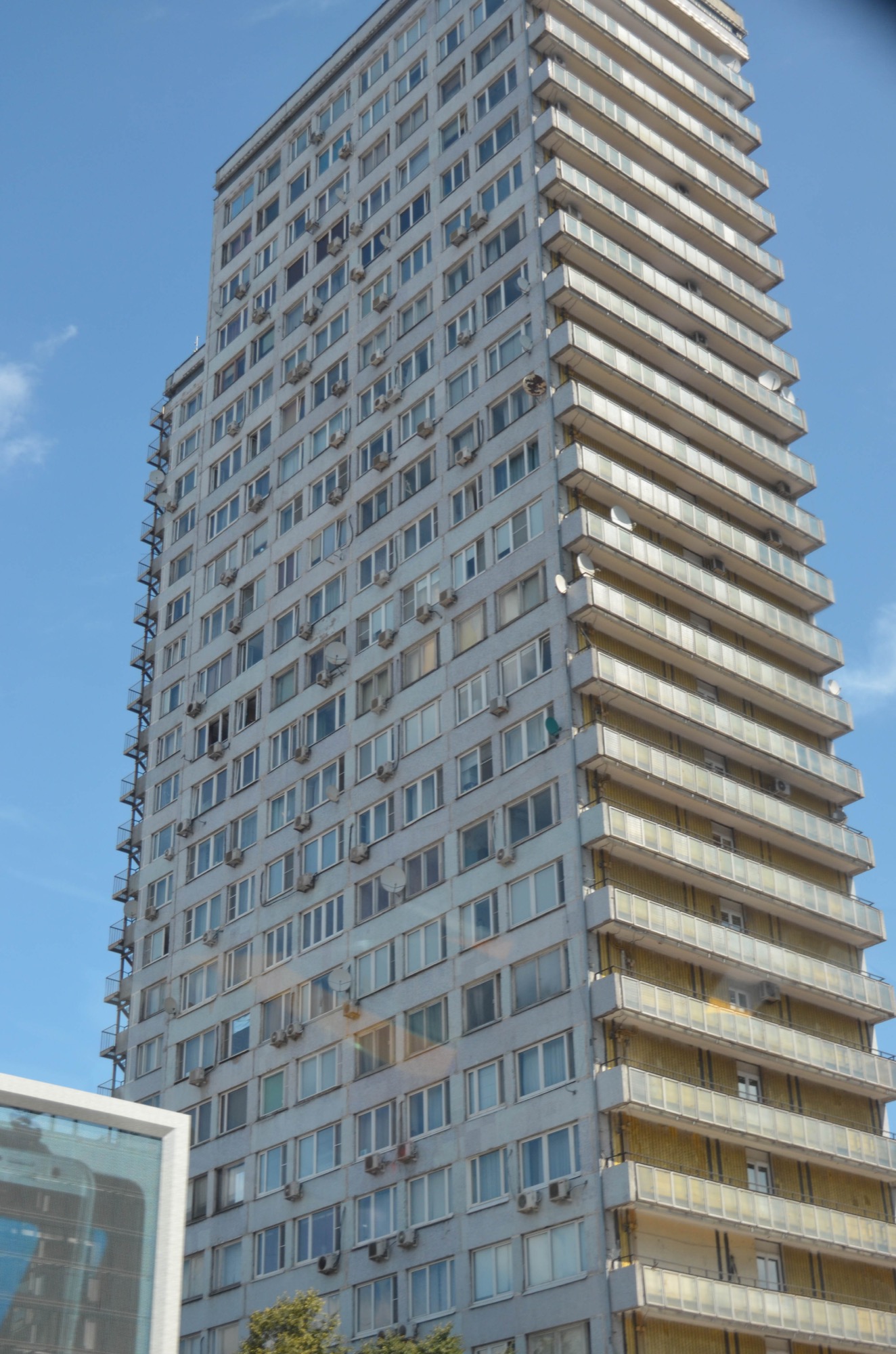

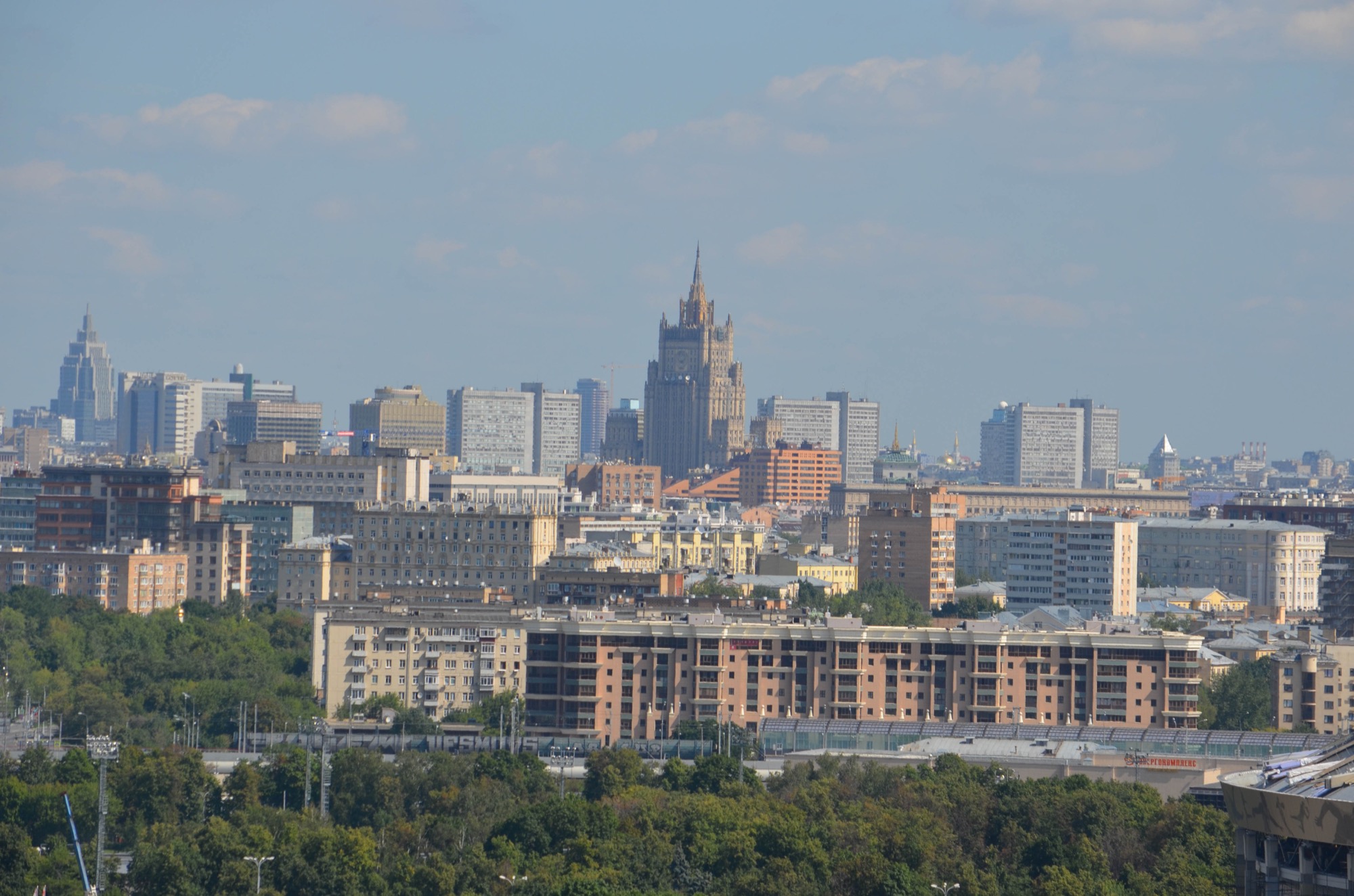
The Pushkin State Museum of Fine Arts, named after a much beloved Russian poet, first opened in 1912. The museum houses an amazing collection of art that is the largest collection in Russia. Some of our favorite pieces are shown here, including a palette that was used by Henri Matisse.
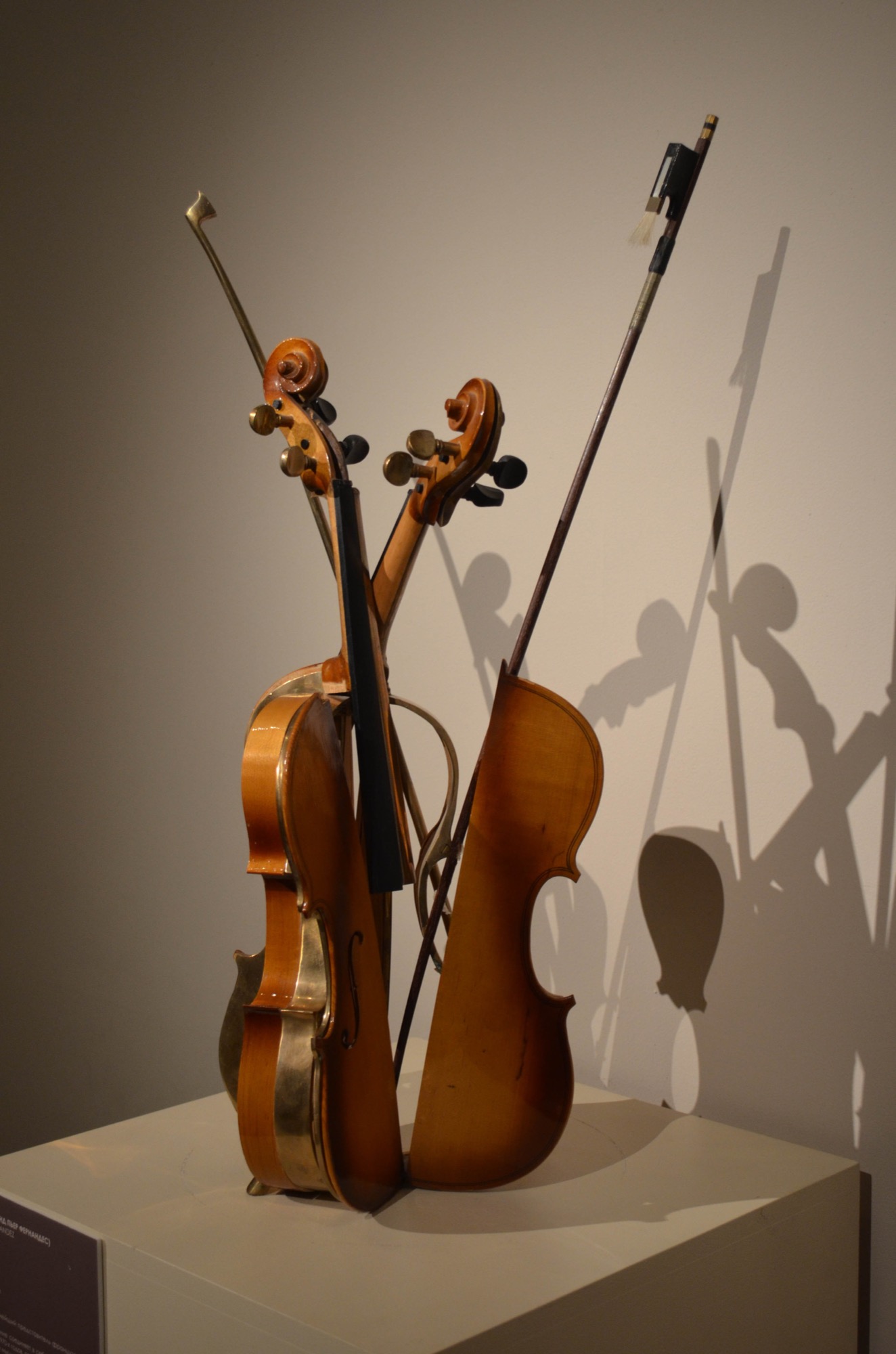
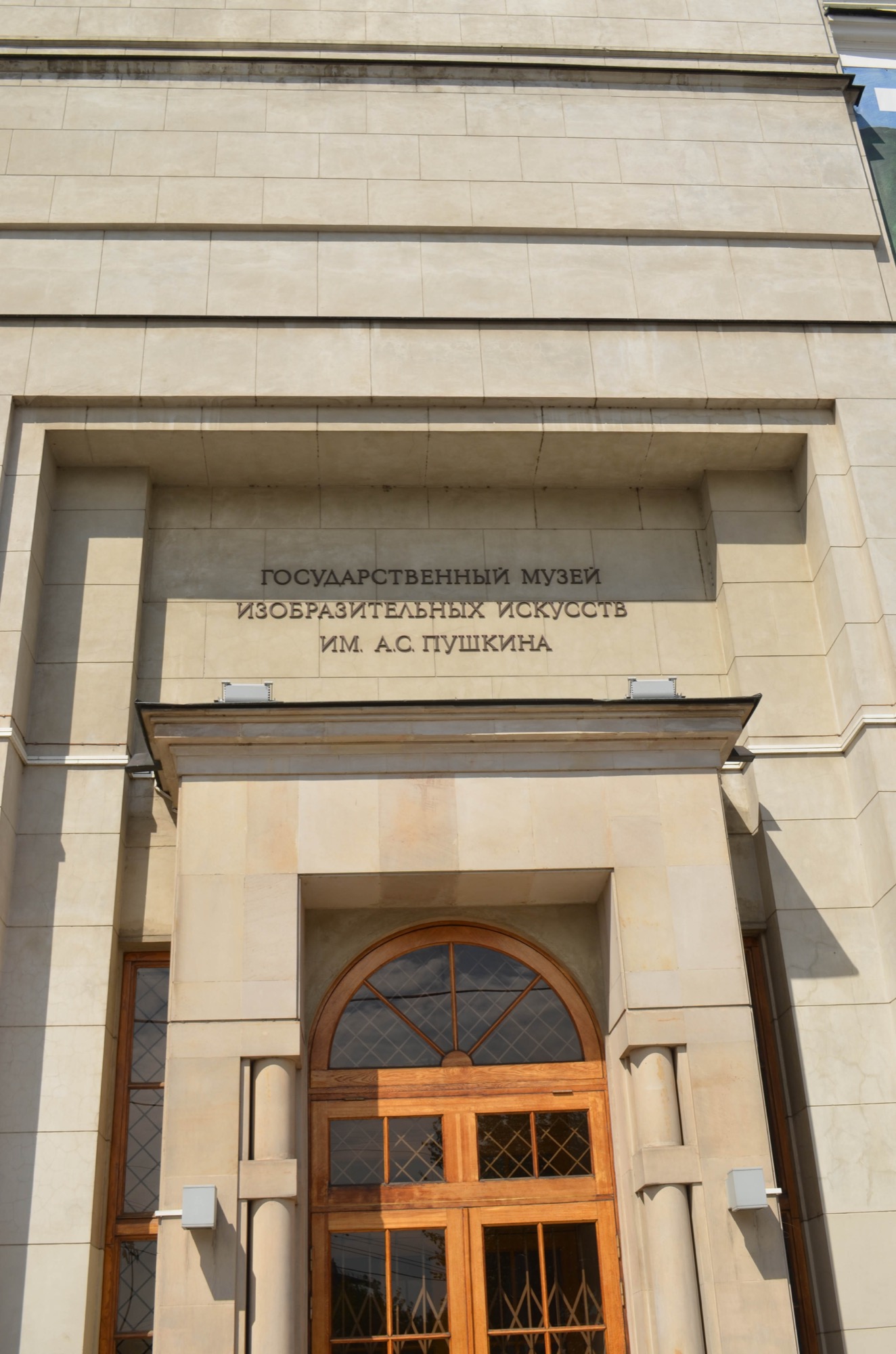
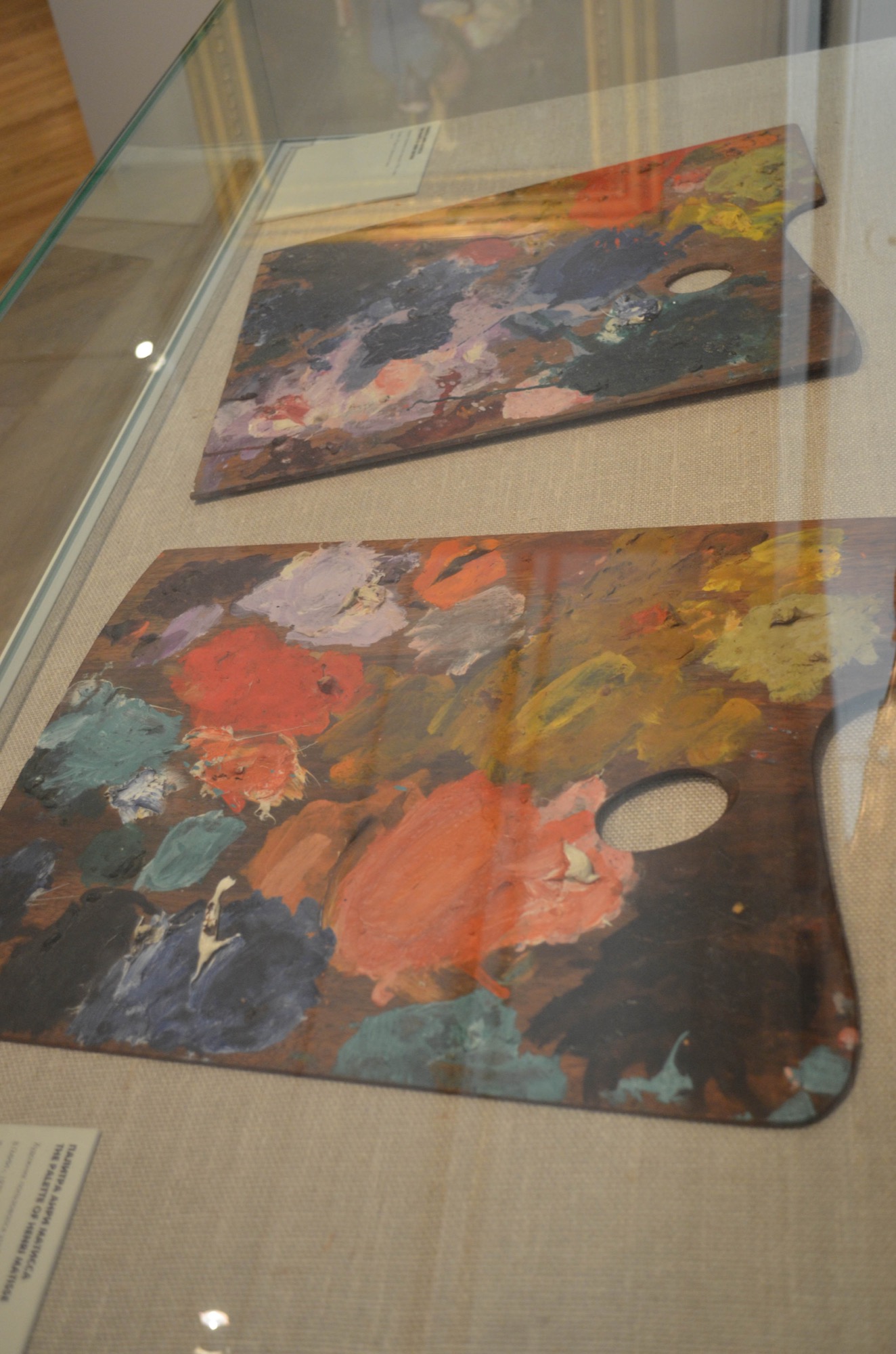
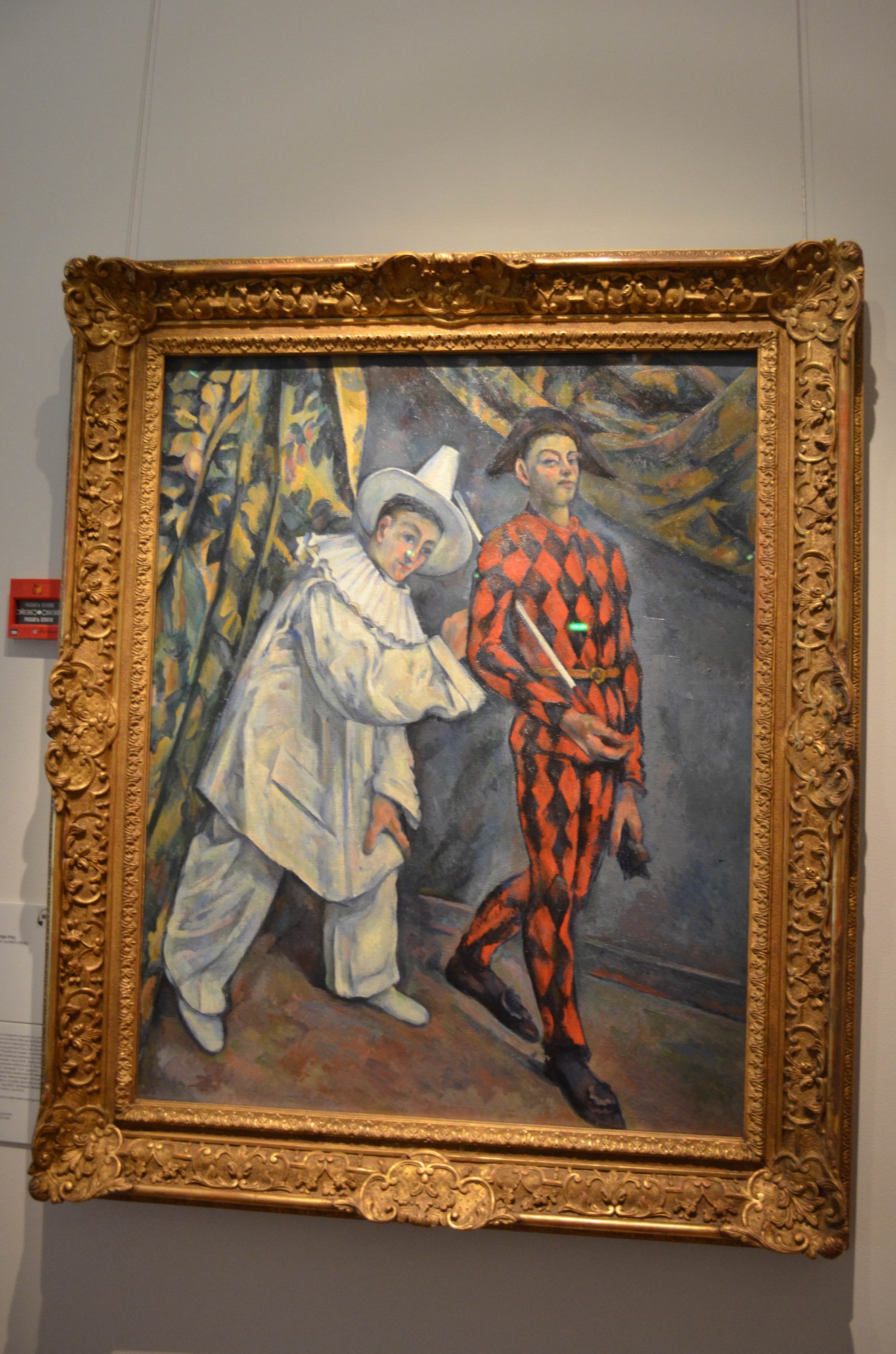
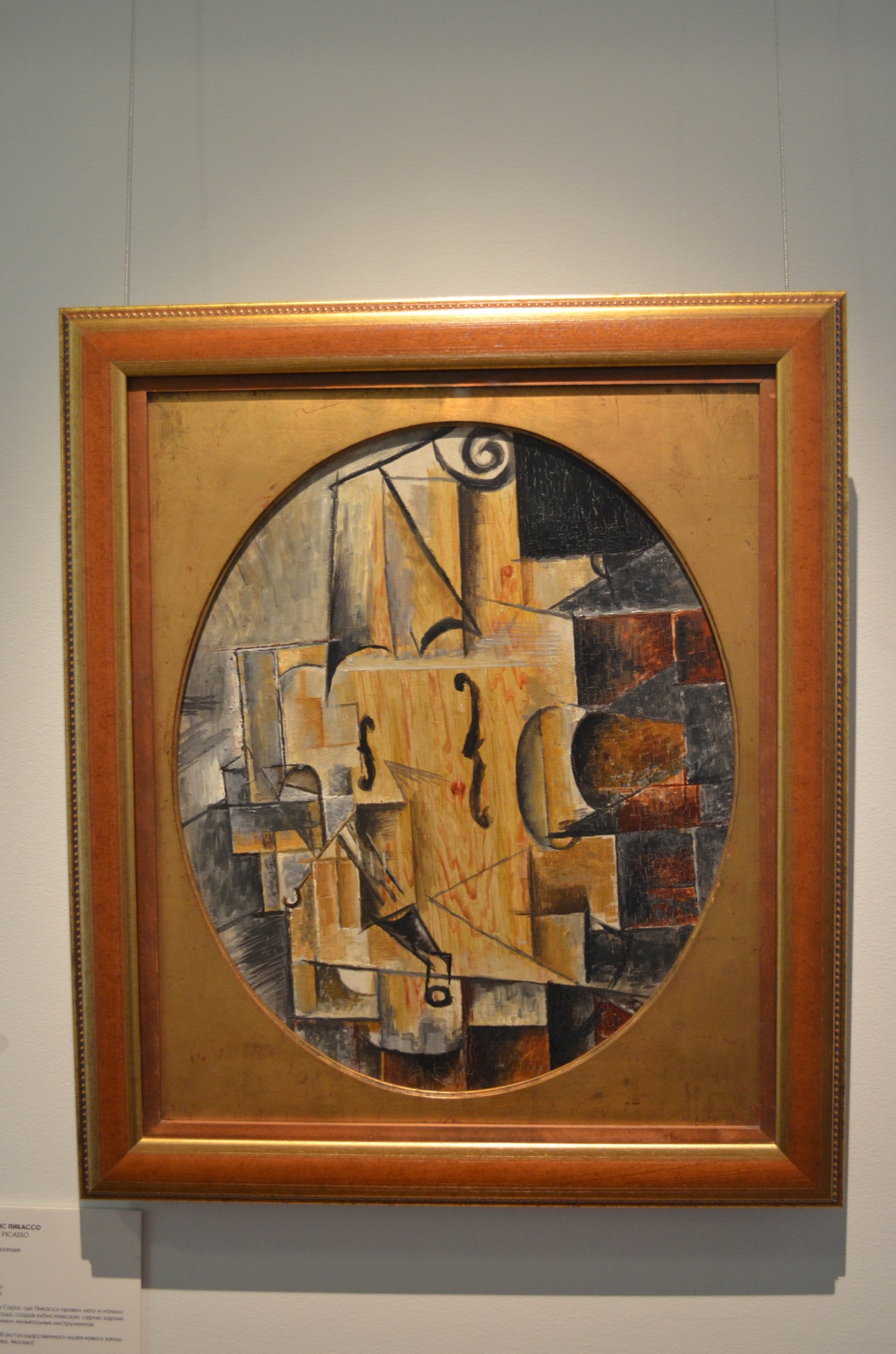

The building of the Cathedral of Christ the Savior, originally proposed by Tsar Alexander I following the defeat of Napoleon Bonaparte in 1812, was not actually completed until 1883. In fact, the world premiere of Tchaikovsky's 1812 Overture had to be held in a tent outside the unfinished church in 1882.
Stalin, espousing the goal of state atheism, had the church destroyed in 1931 and planned to build a huge Palace of Soviets on that site. Construction began in 1937, but was halted during WWII when the Germans invaded.
Nikita Khrushchev used the site to build the world's largest open-air swimming pool in 1958. The pool remained in use until 1994.
The Russian Orthodox Church was given permission to rebuild the church and more than one million Muscovites donated funds to the project which was completed in 2000.
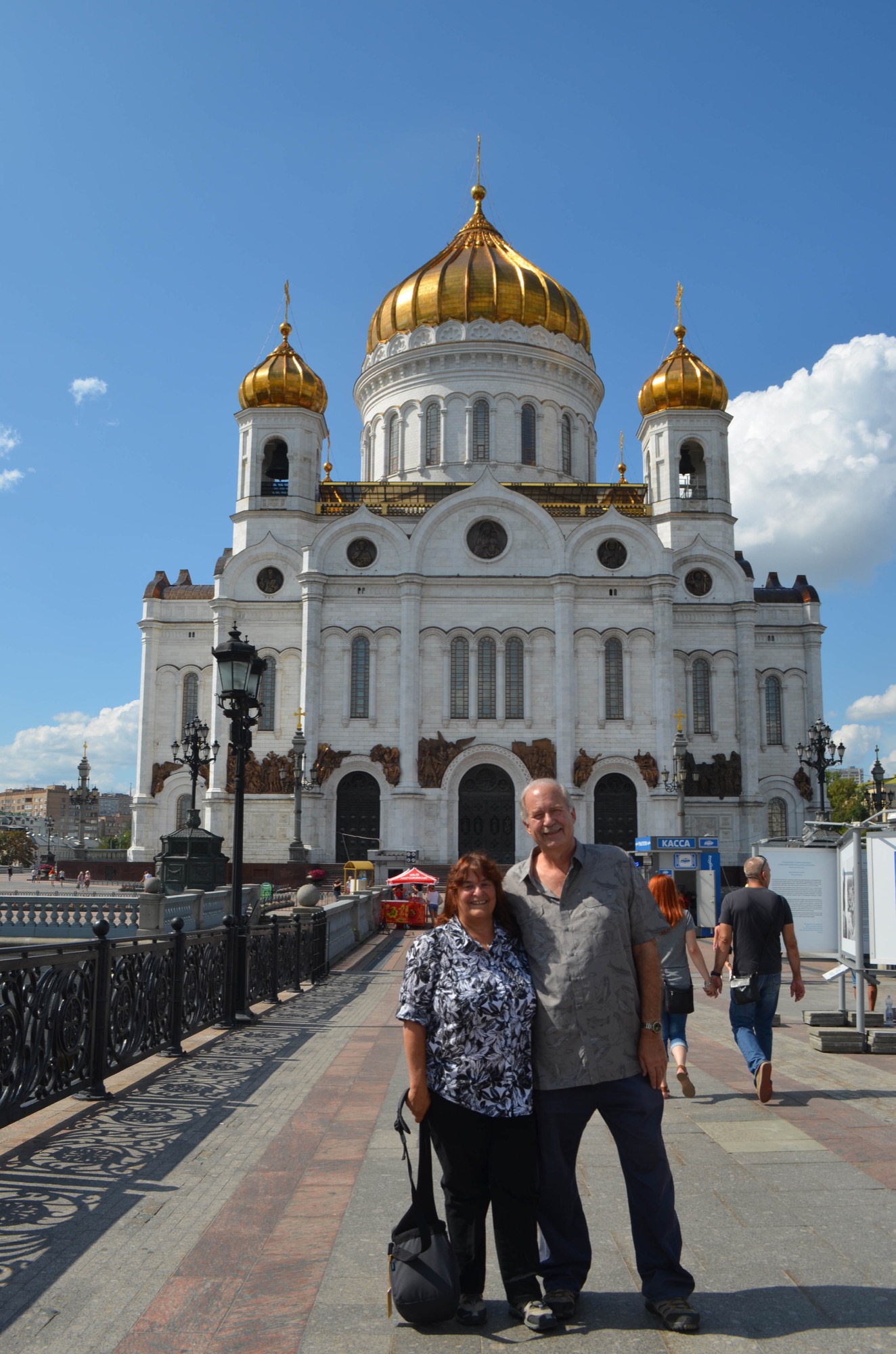
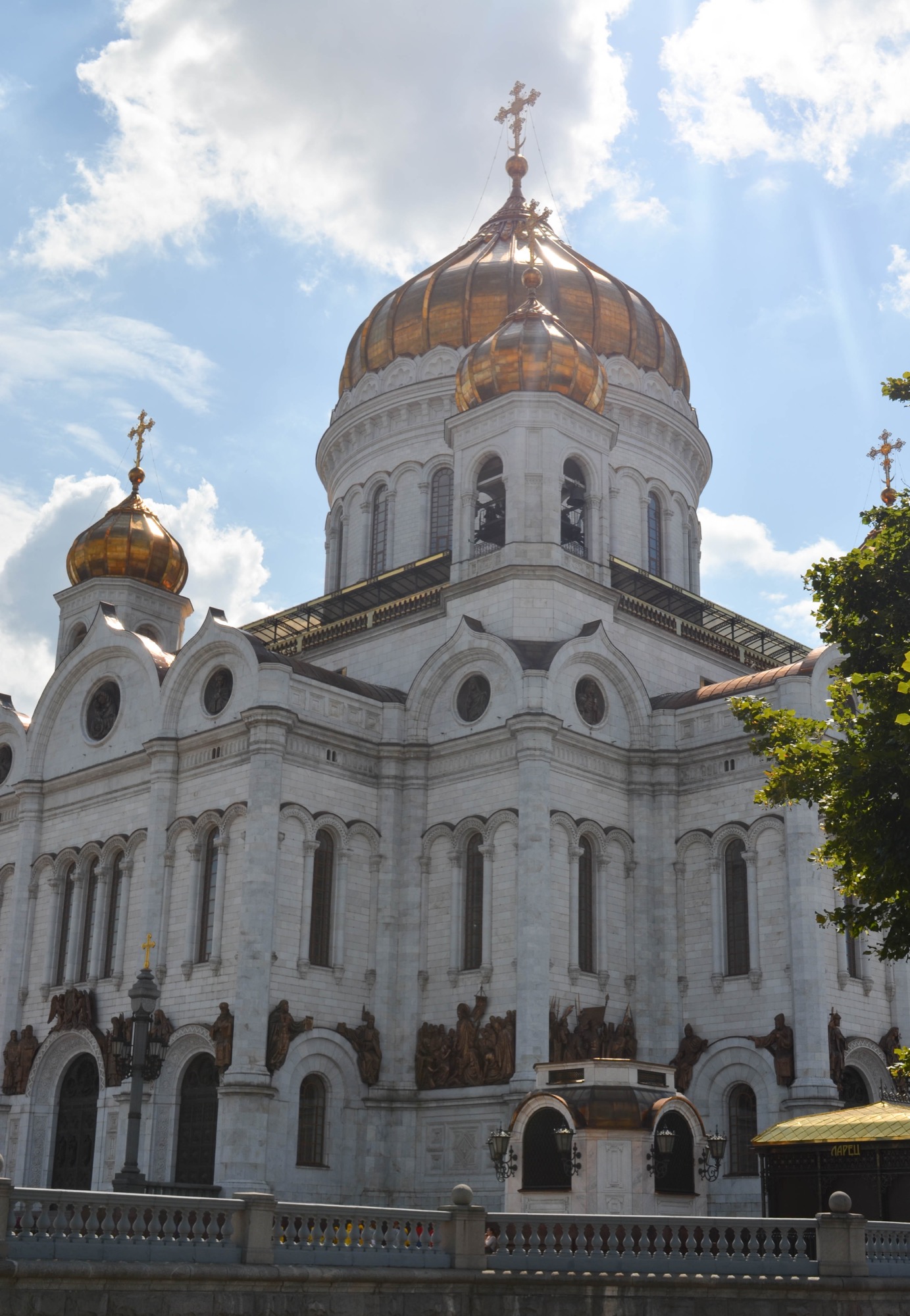
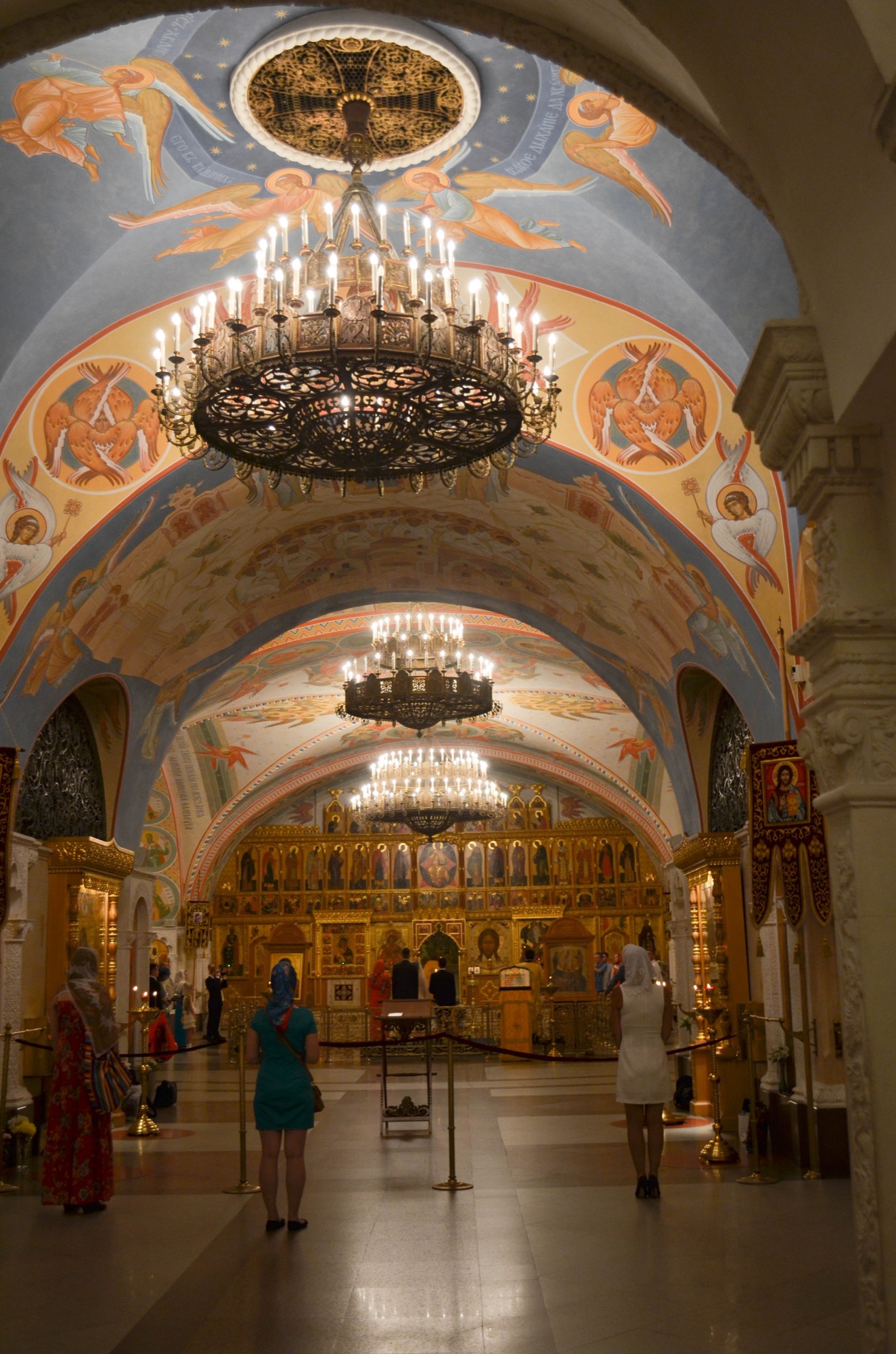
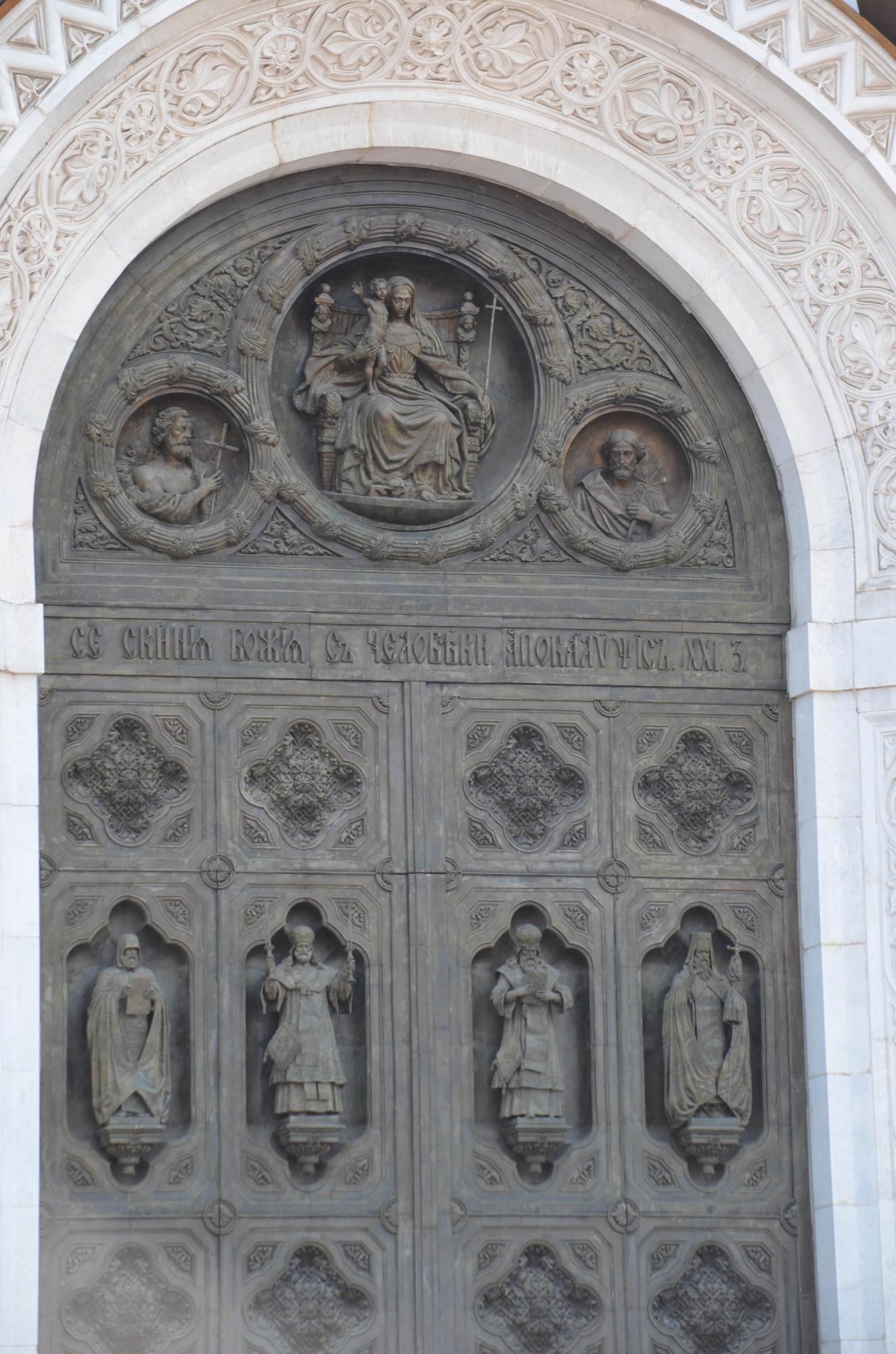
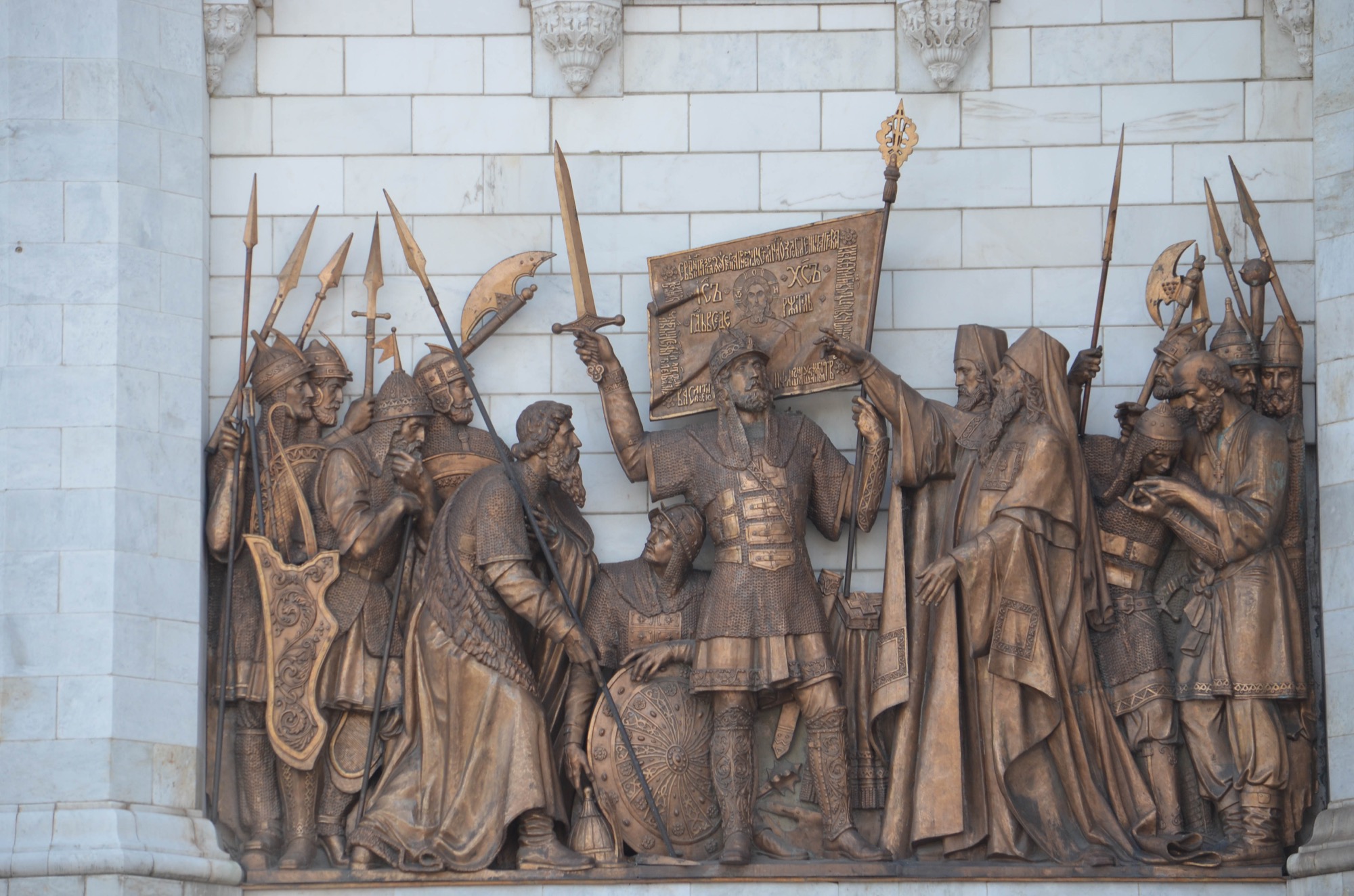
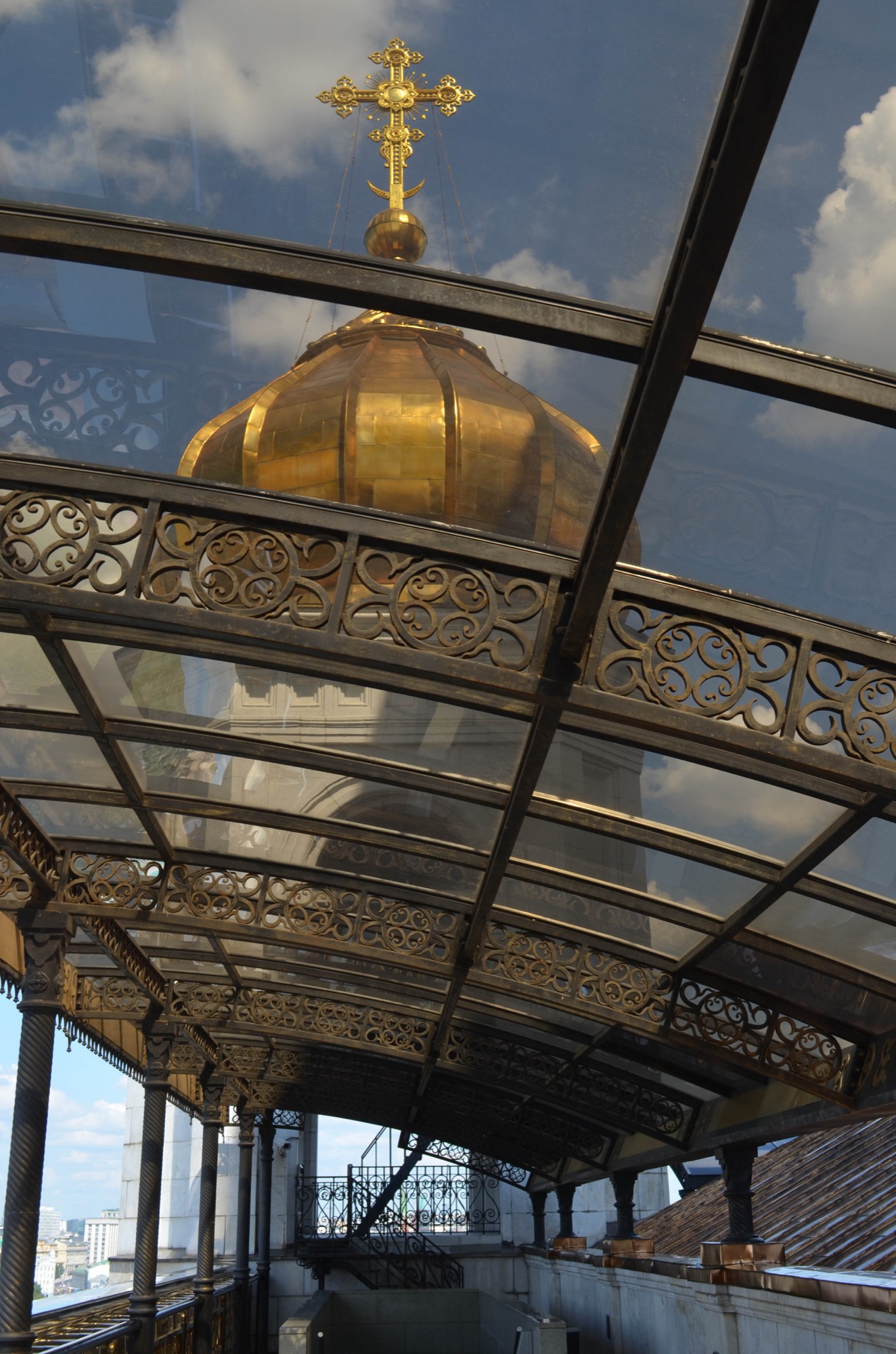

Gorky Park is a huge recreational area that stretches along the banks of the Moscow River. There are formal gardens with fountains and picnic areas as well as a couple of outdoor amphitheaters.
There is a place for kids of all ages to make clay sculptures and a place to rent small peddle boats. There is a beach area along the banks of the river that is popular in the summer and the park has an area for ice skating in the winter.
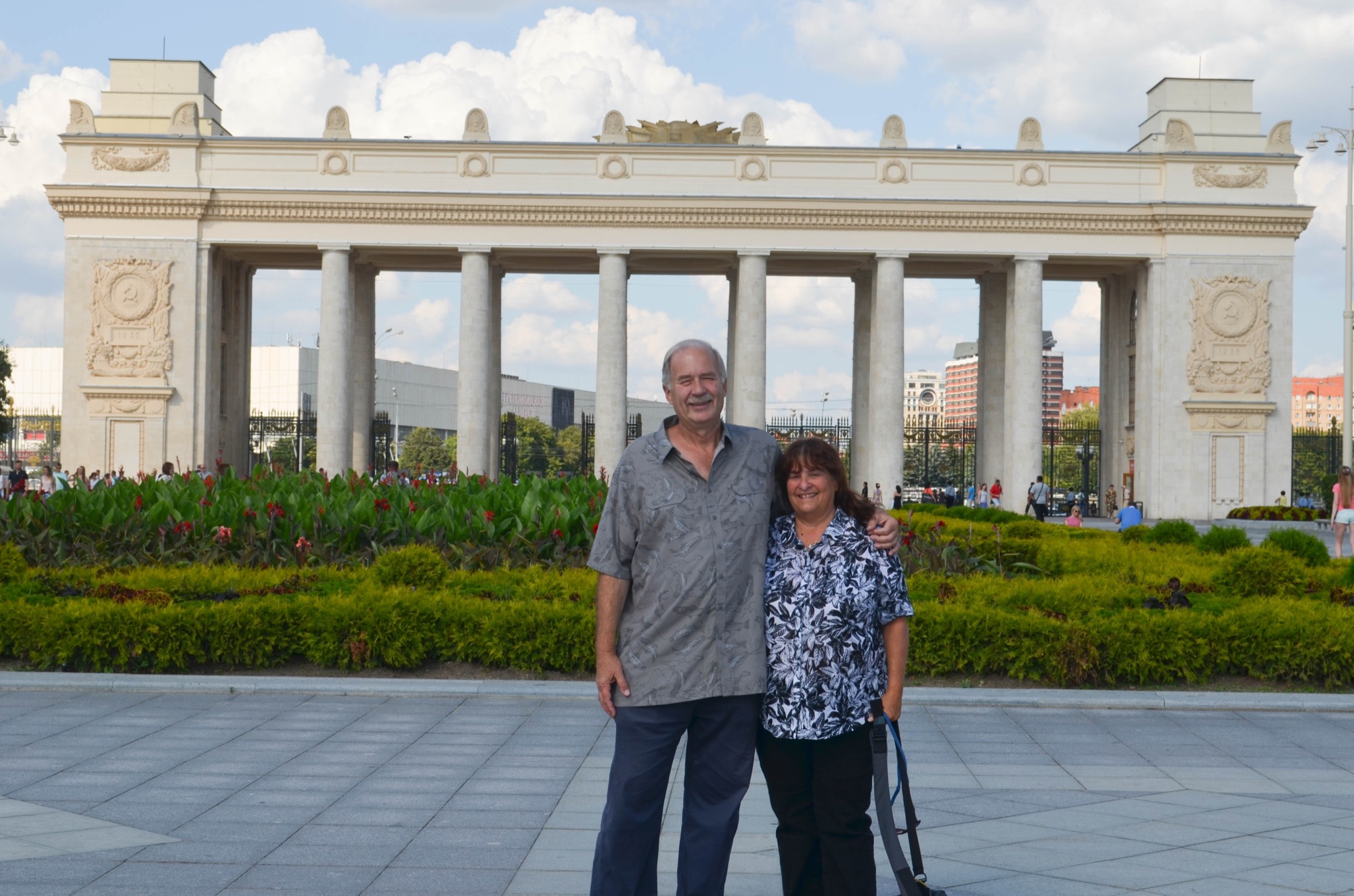
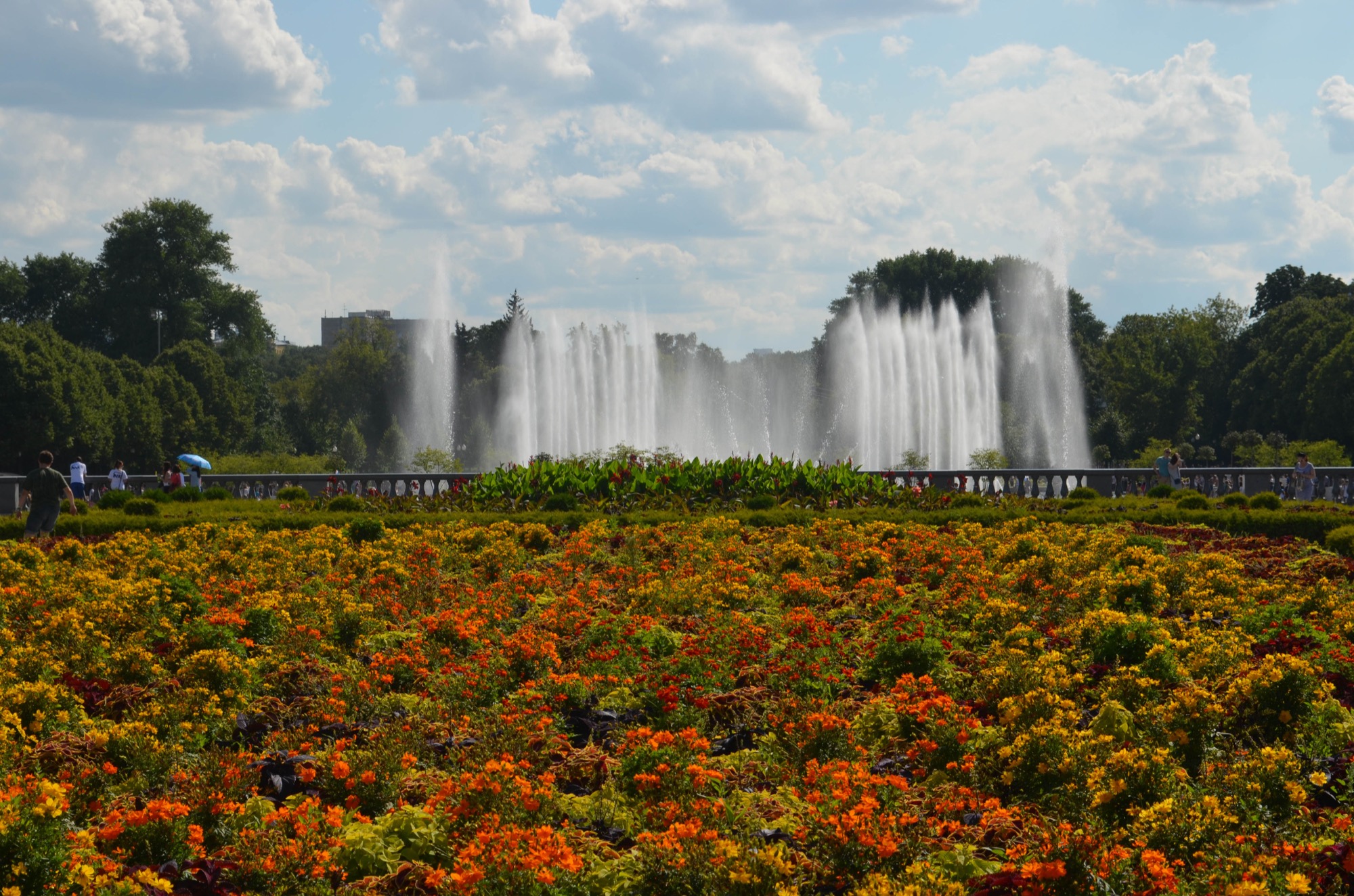
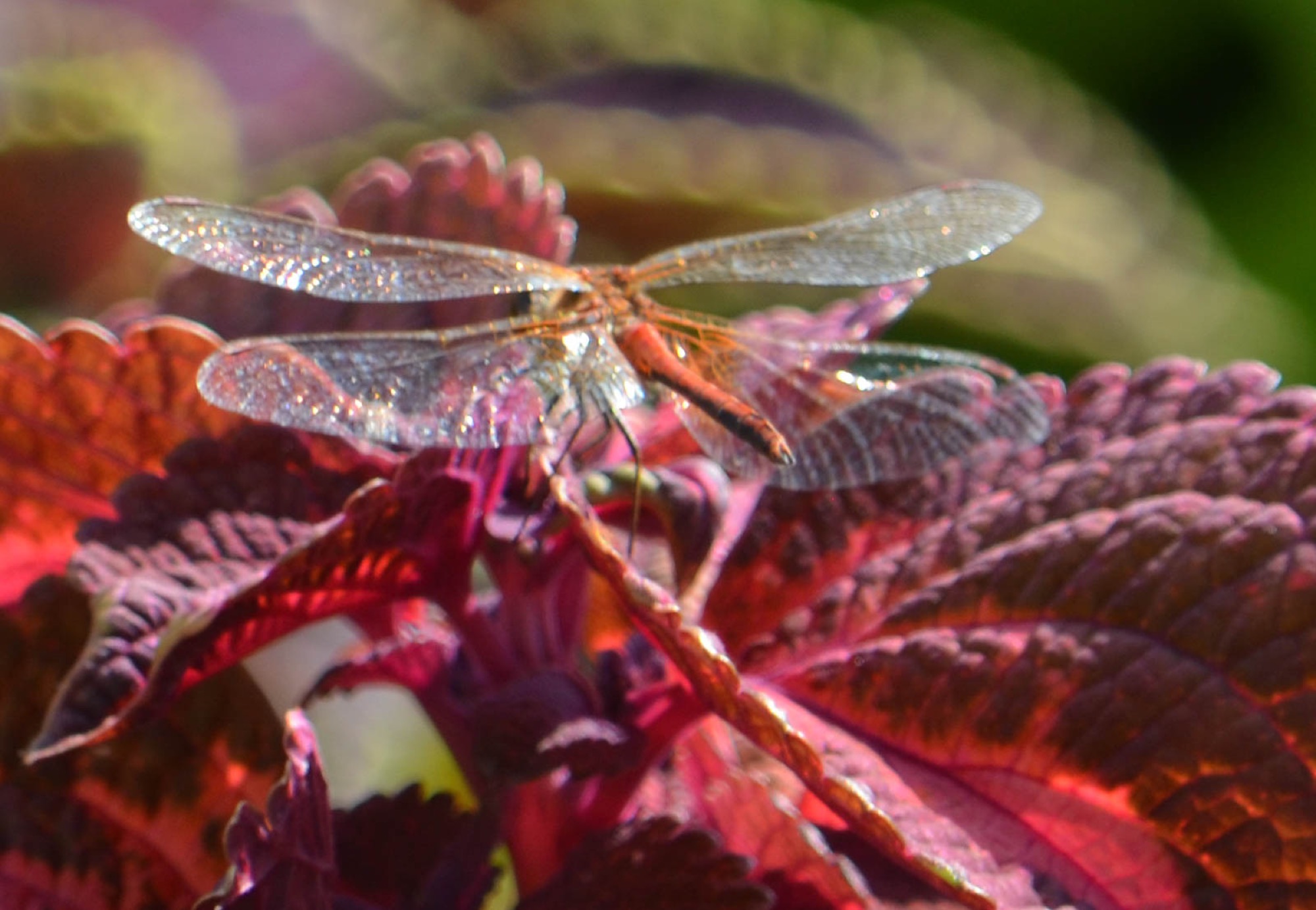
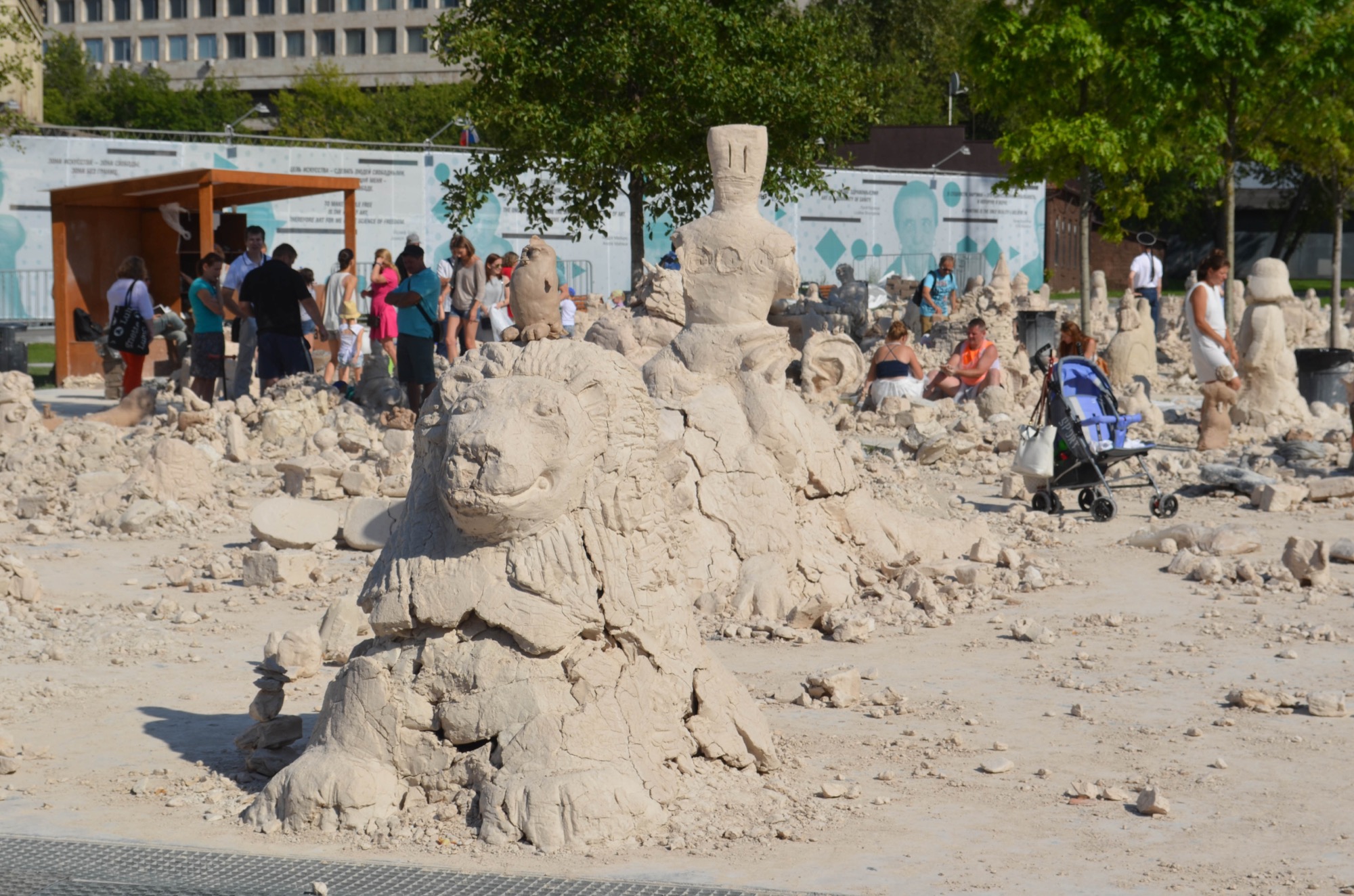
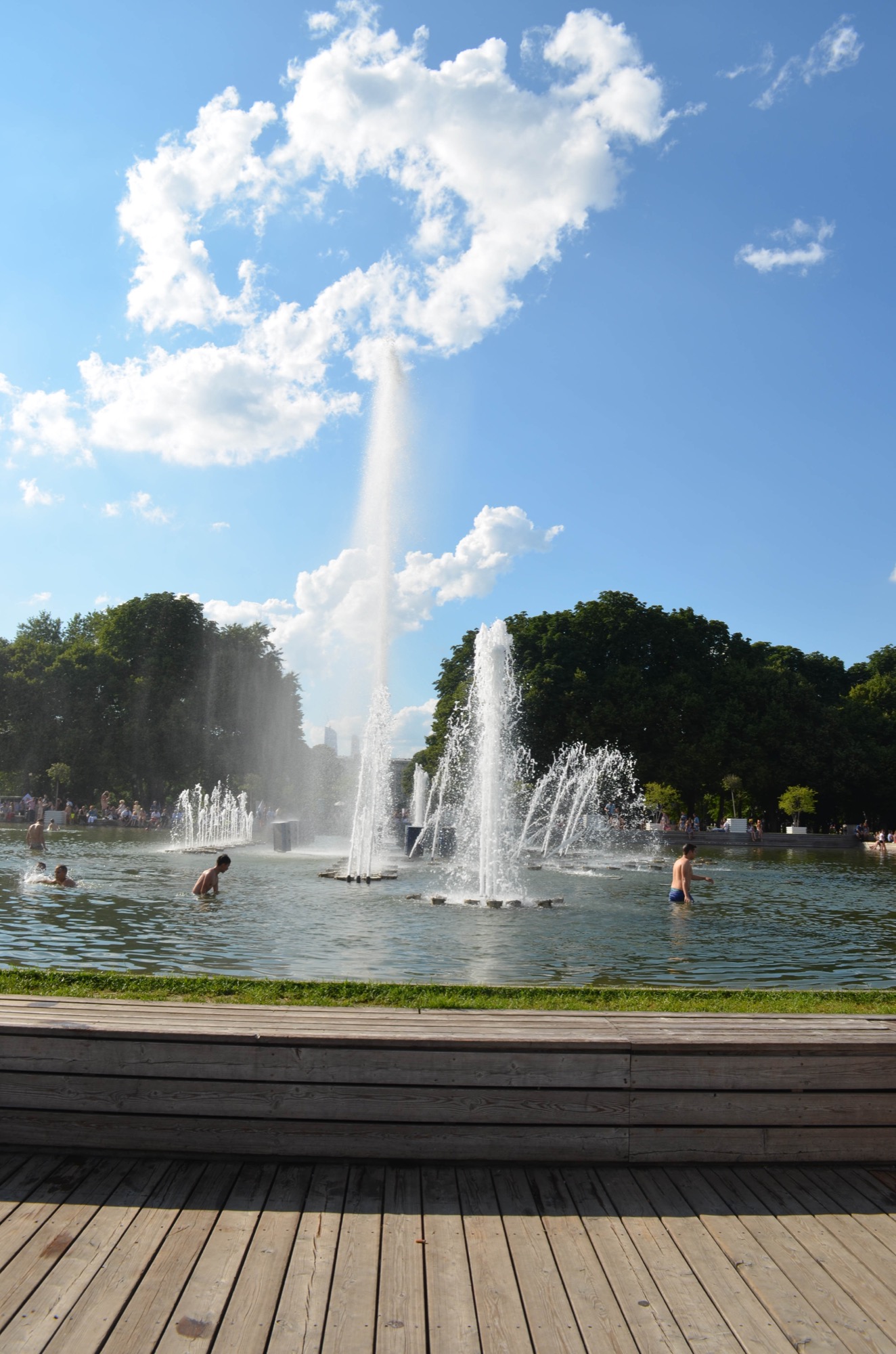
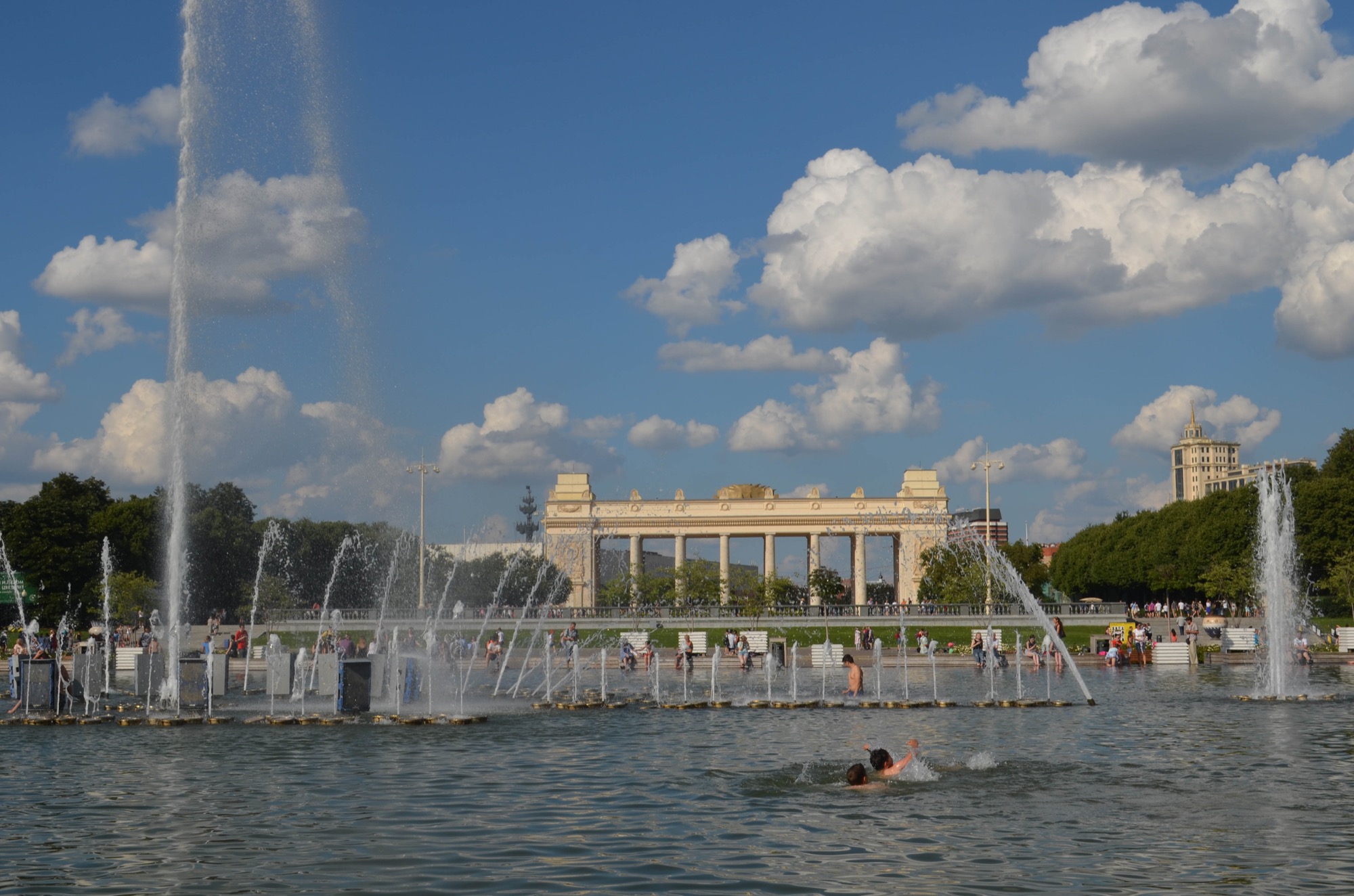
The Garage is a contemporary art museum that is located in Gorky Park. We found the exhibits fun, whimsical, and unique. It was an enjoyable place to spend part of our afternoon.
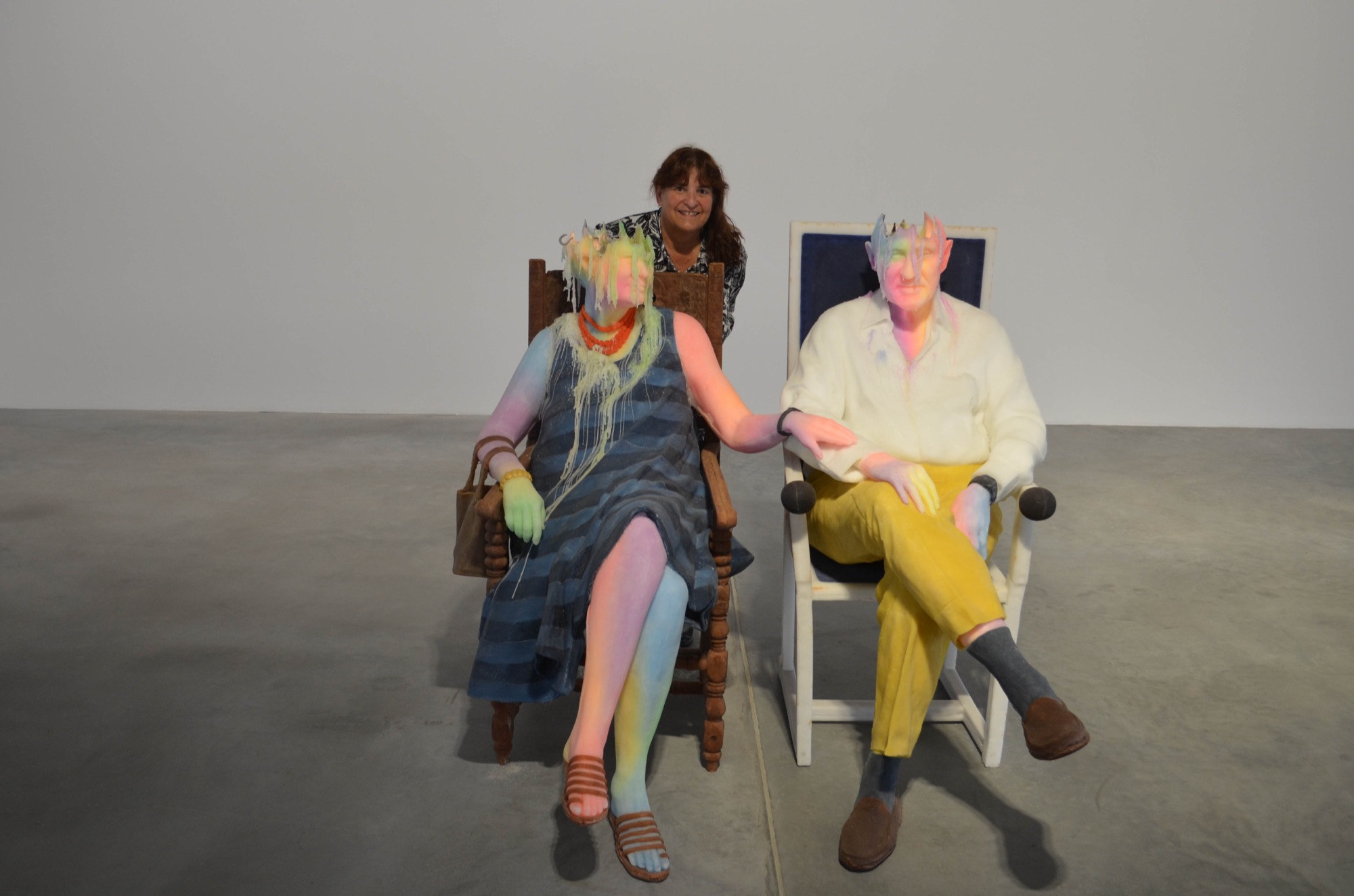
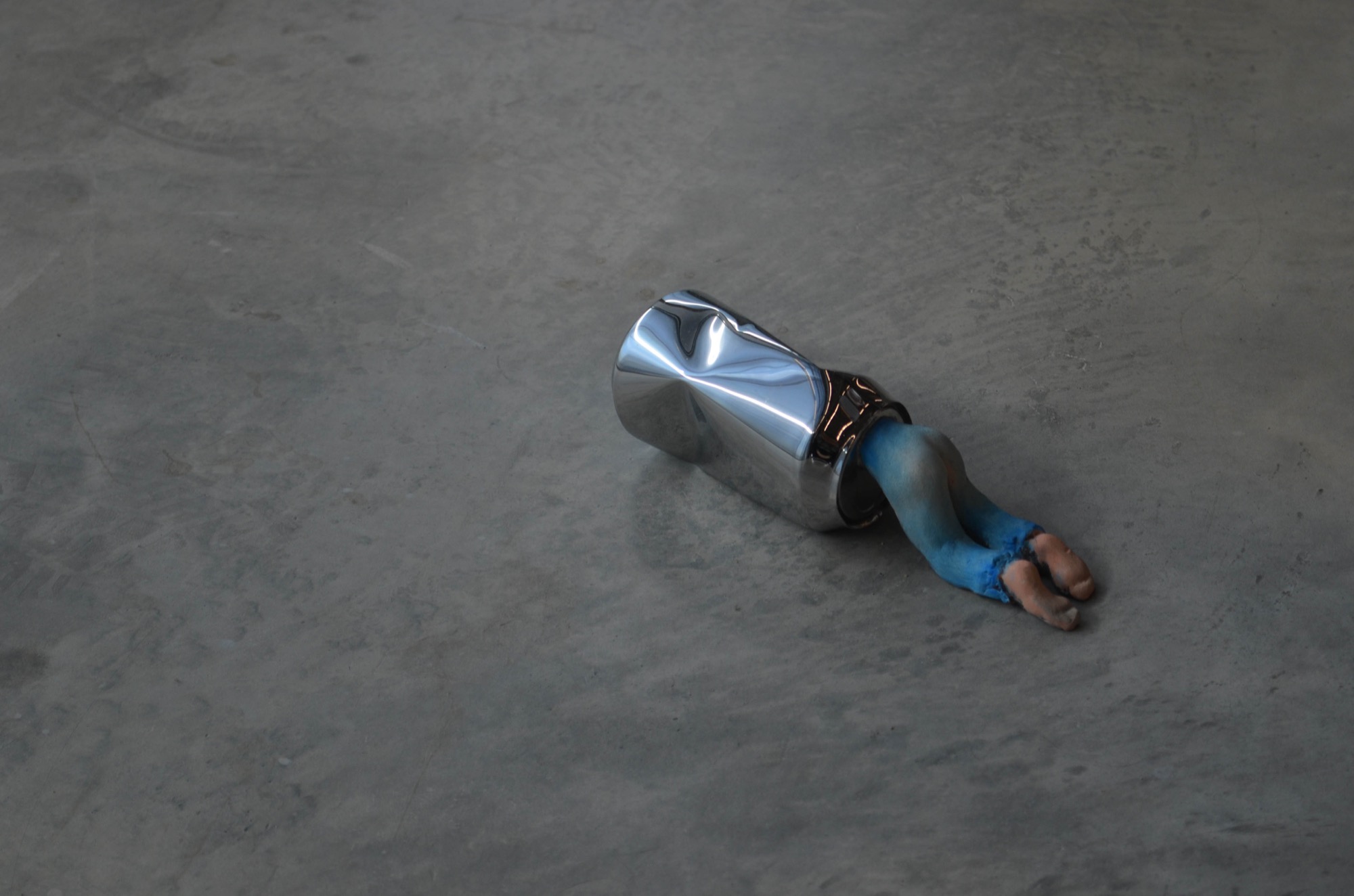
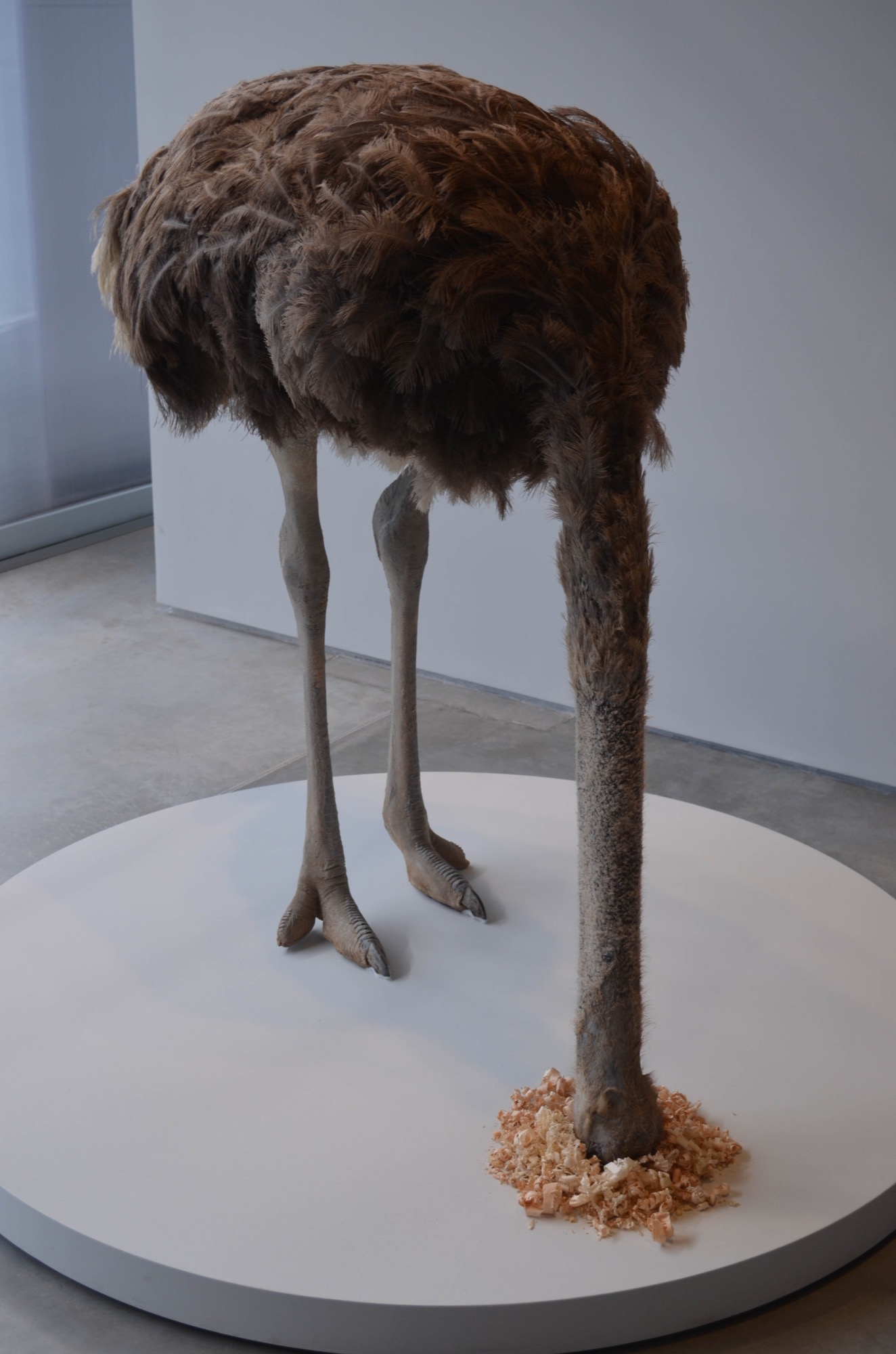
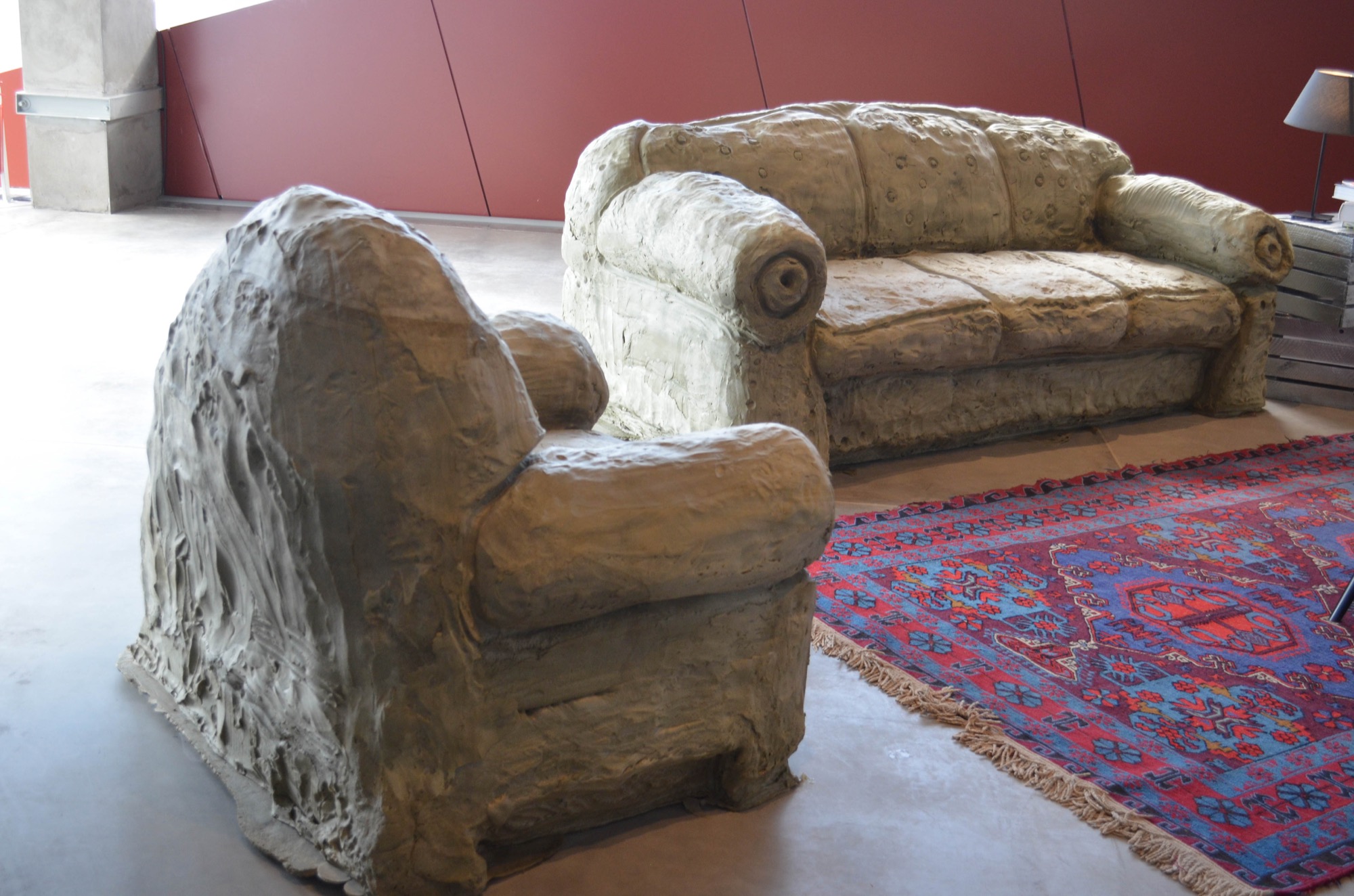
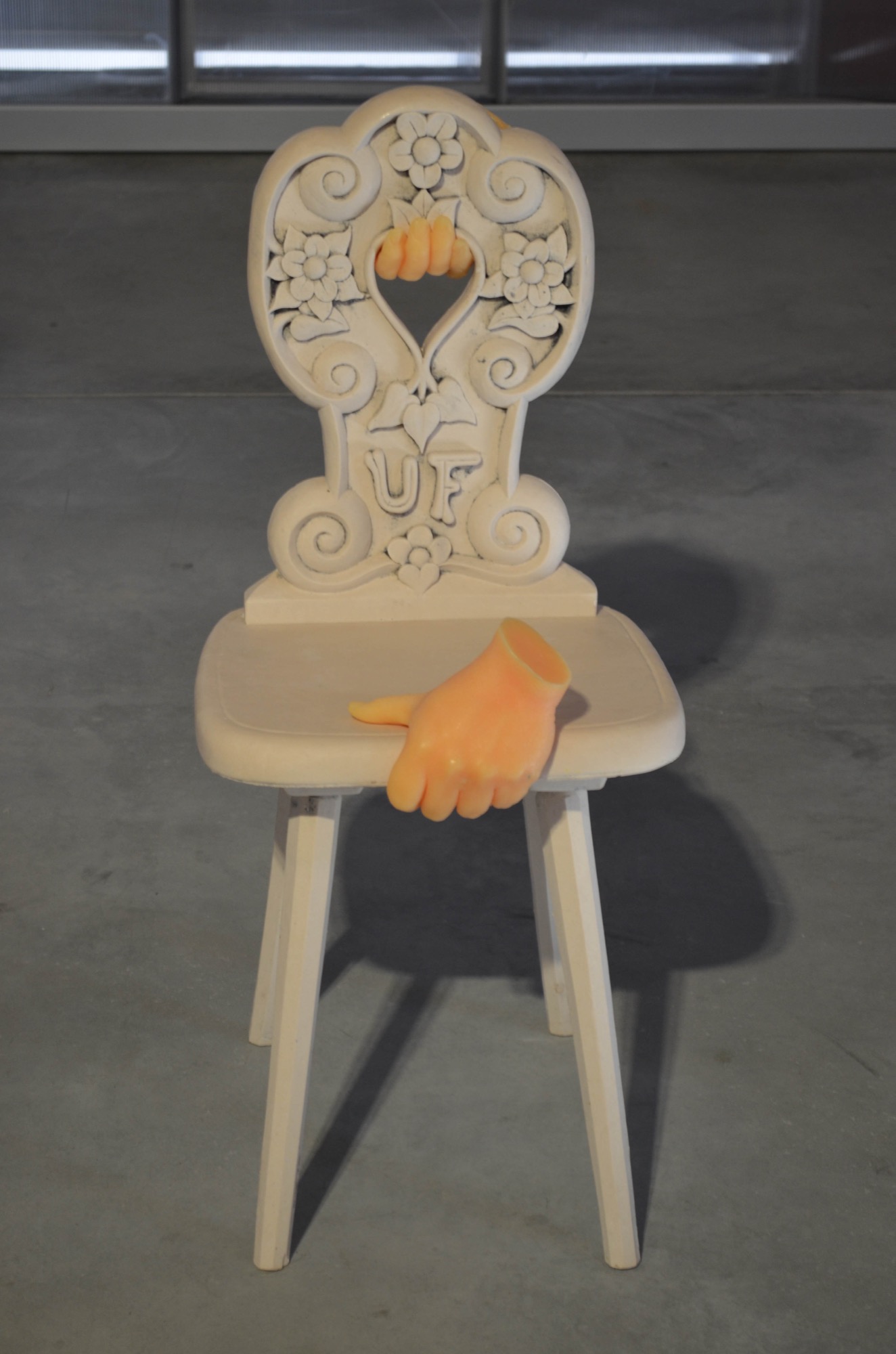
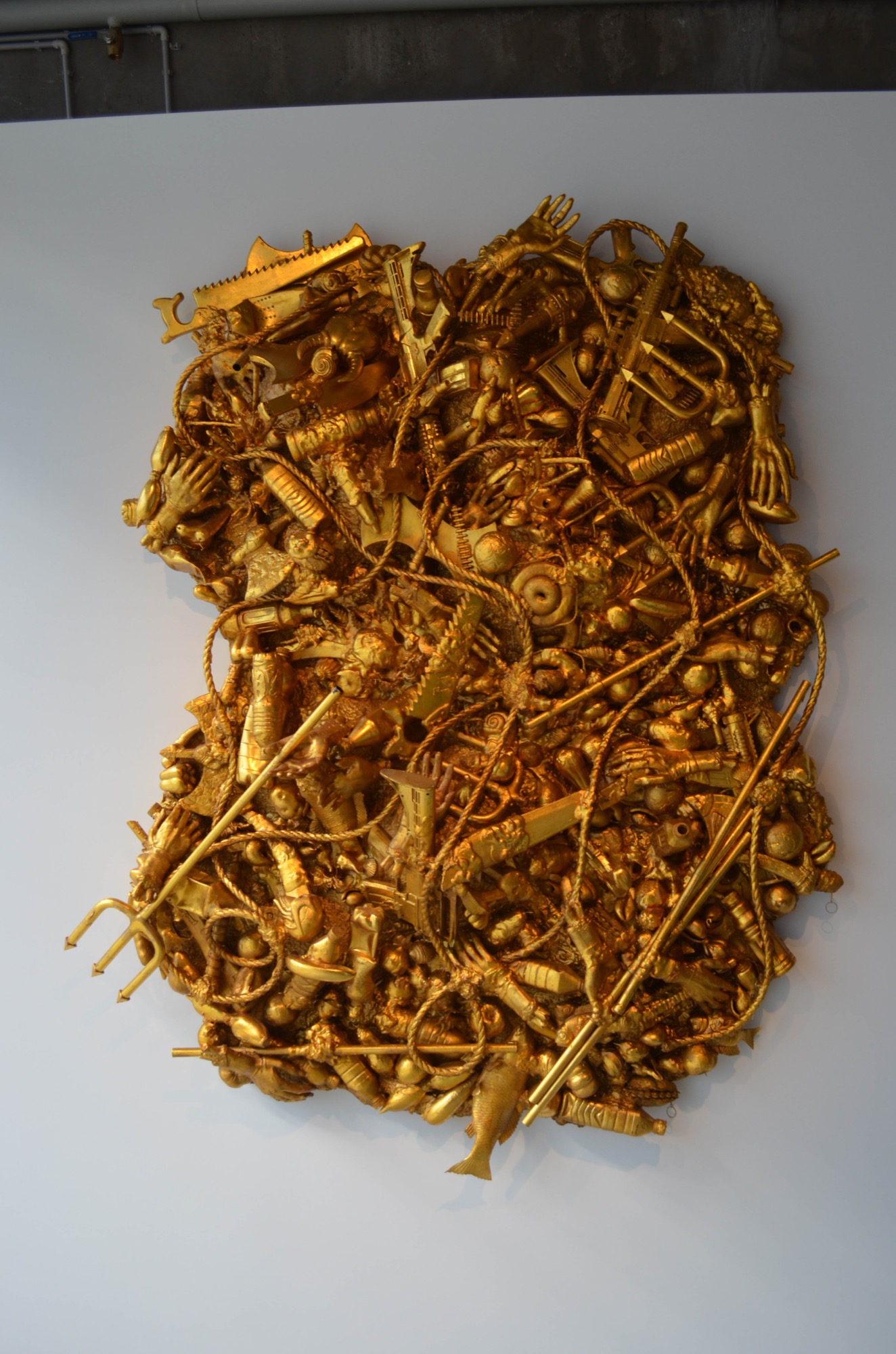
Saint Basil's Cathedral, which was originally built in 1561 at the request of the Tsar Ivan the Terrible to commemorate a victory in battle, actually consists of eight smaller churches built around a ninth church in the center.
The original cathedral was white to match the stone of the Kremlin. In the 17th century, the church was painted the bright colors that we currently see. Following the Russian revolution, the church was confiscated by the state and turned into a museum.
Saint Basil was a poor cobbler who shoplifted and then gave to the poor in order to shame the miserly. He ran around naked and weighed down in chains and often spoke out against Ivan the Terrible for his violent behavior. He is buried in the church and was later canonized as a saint.
